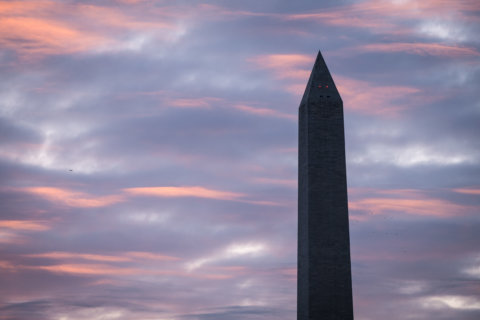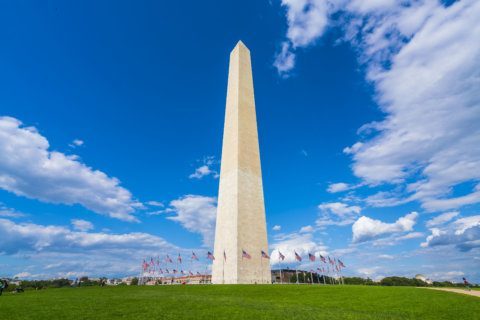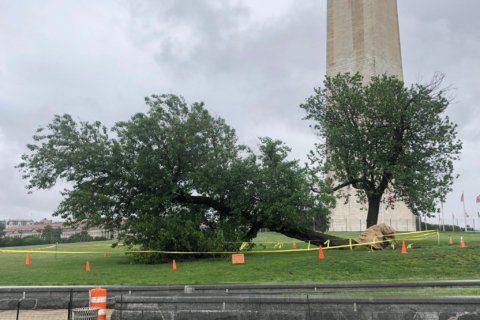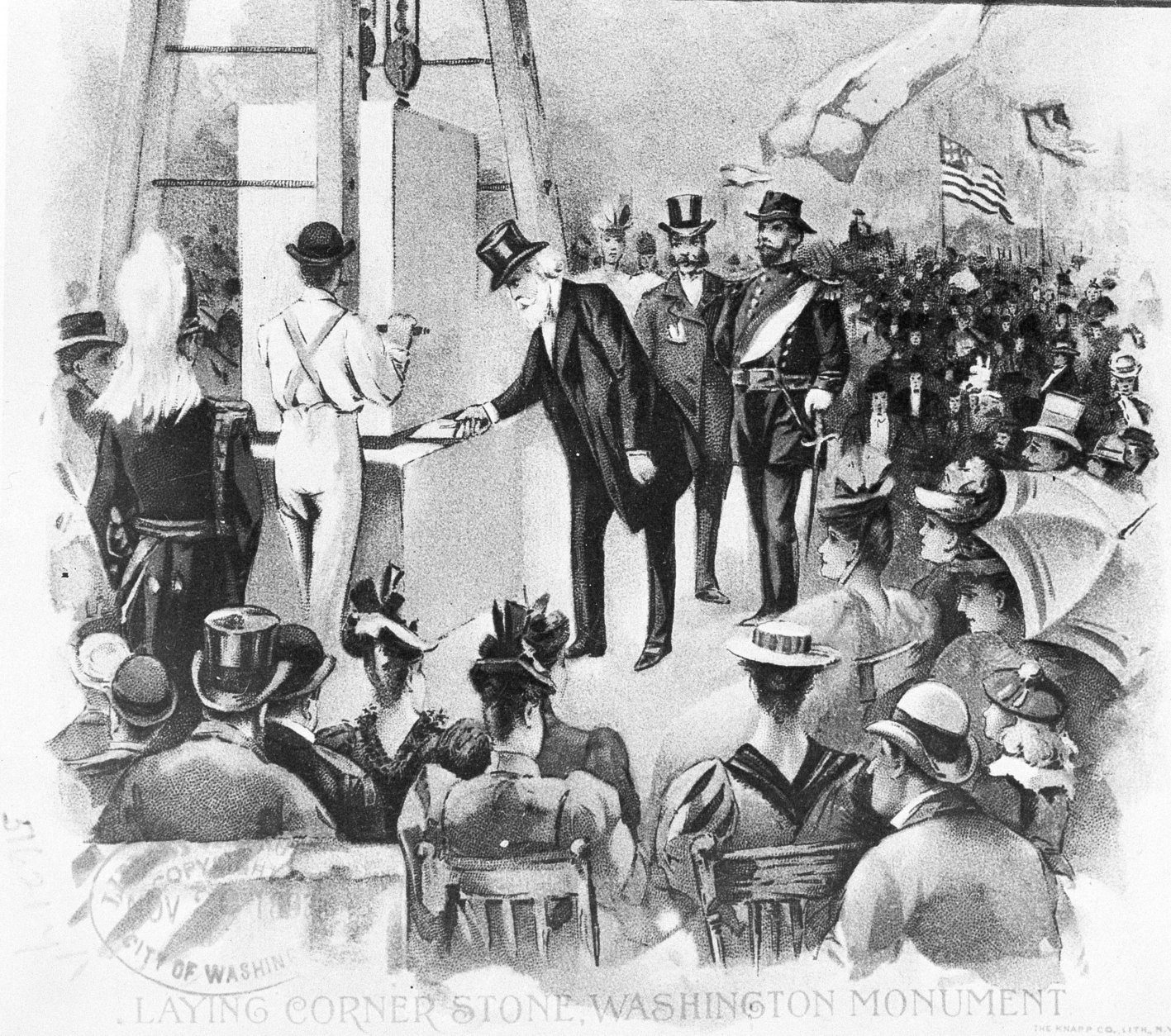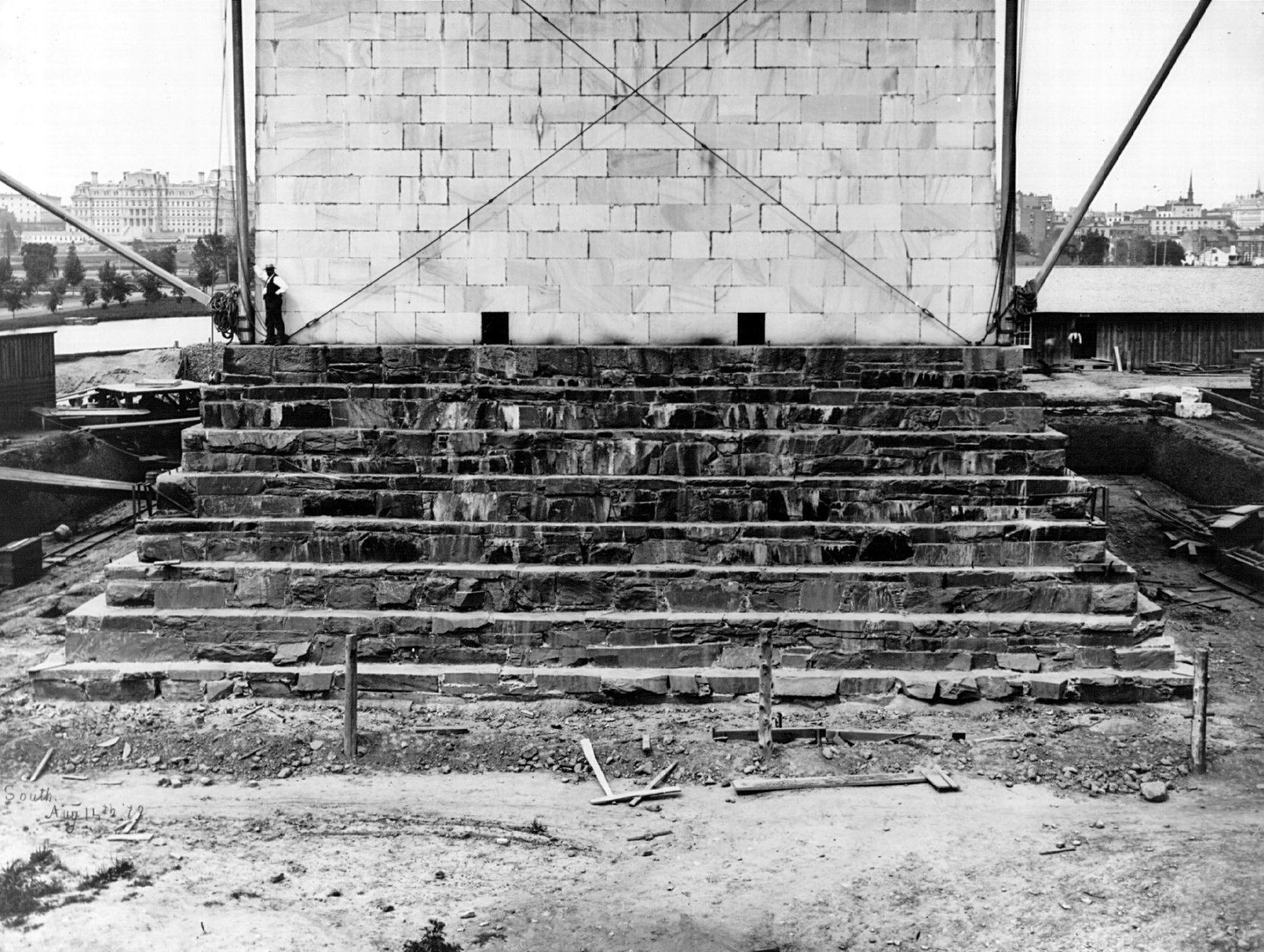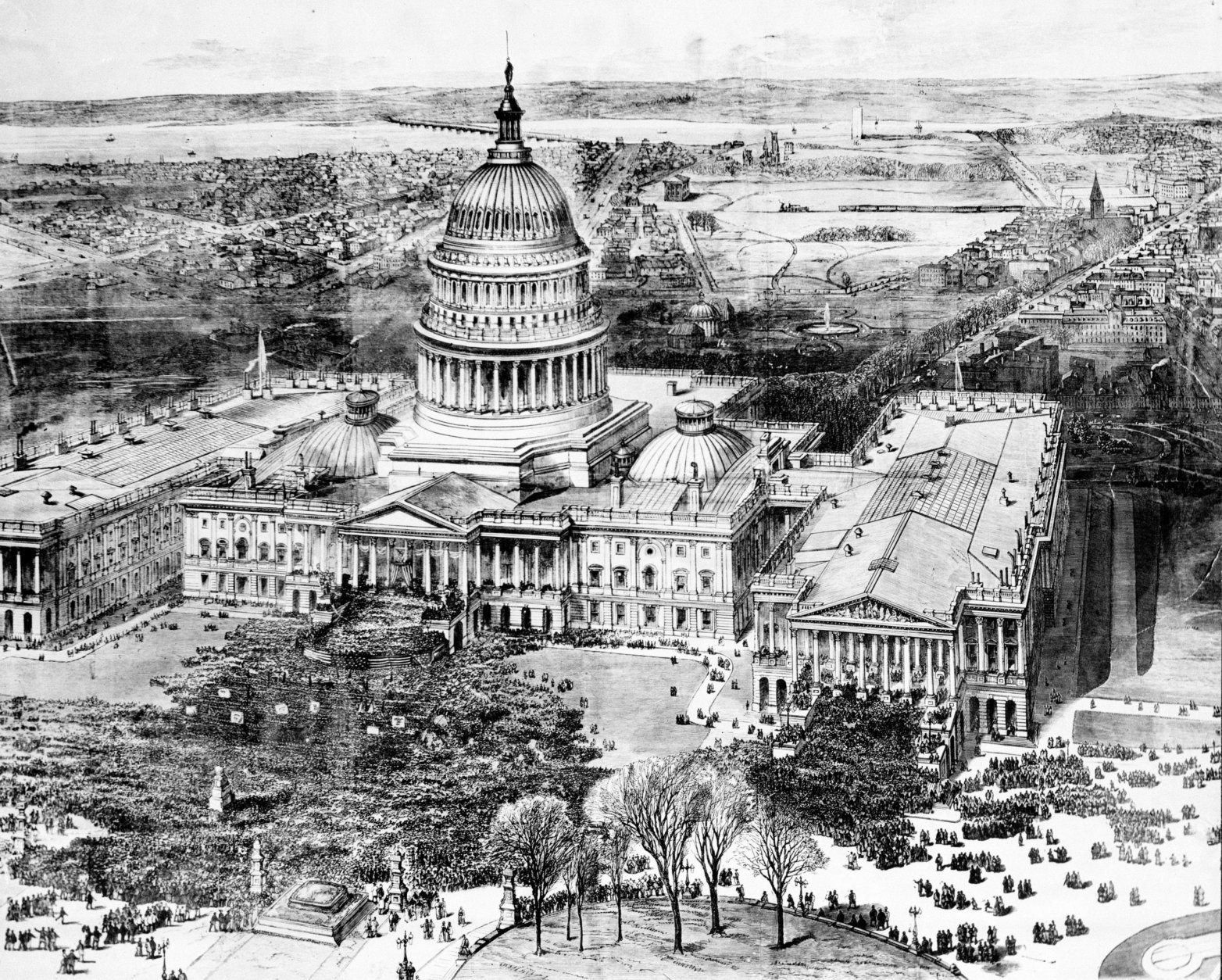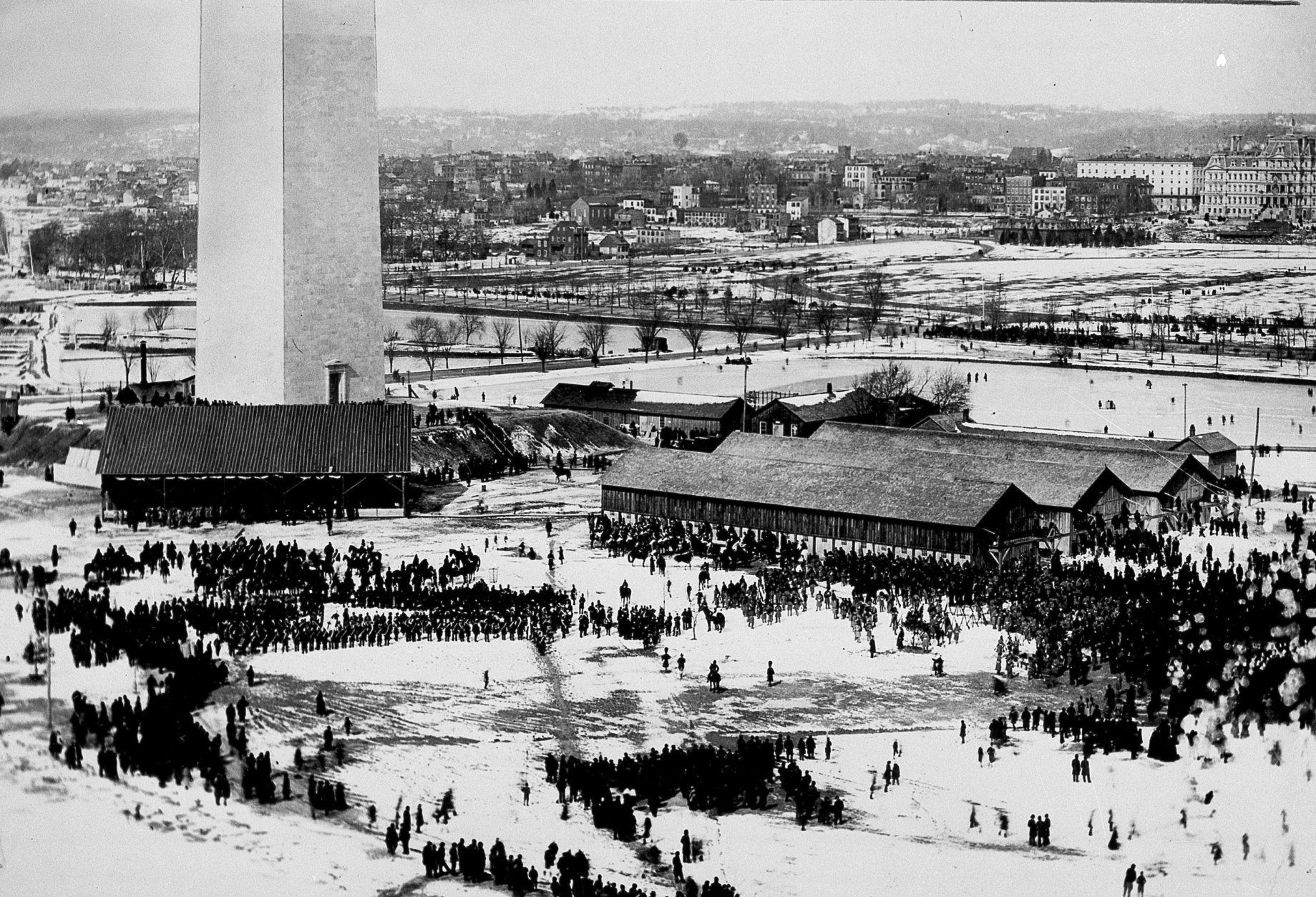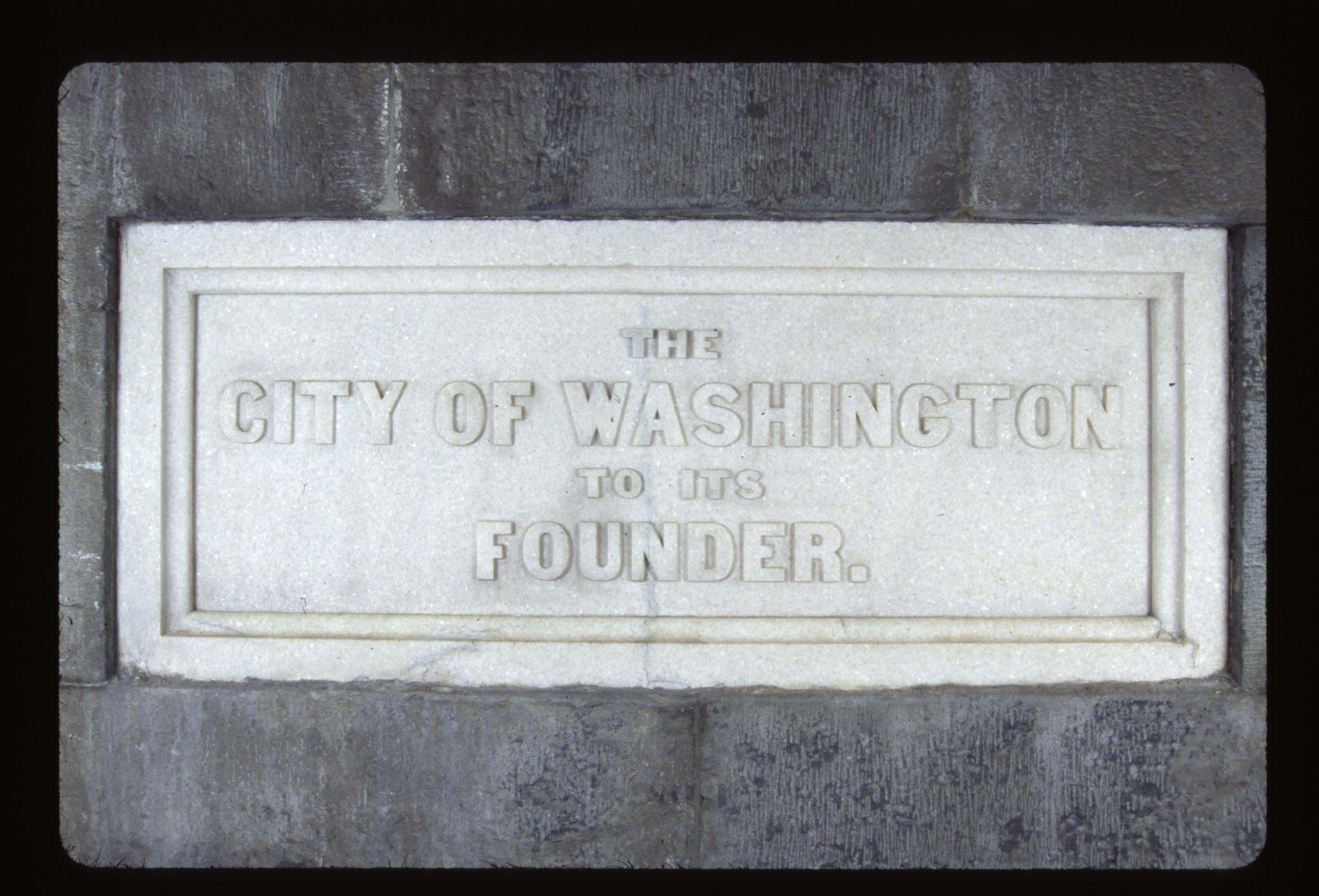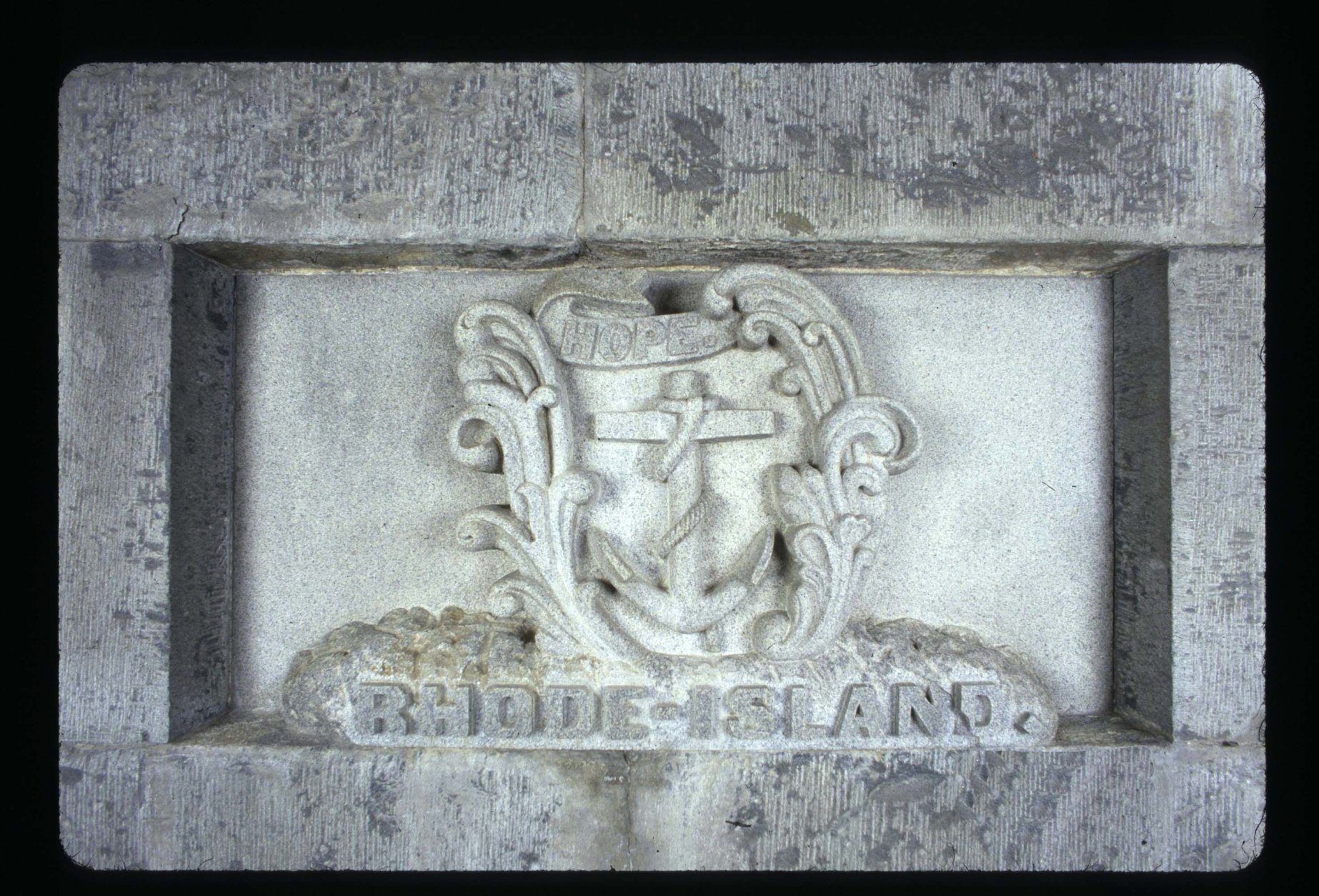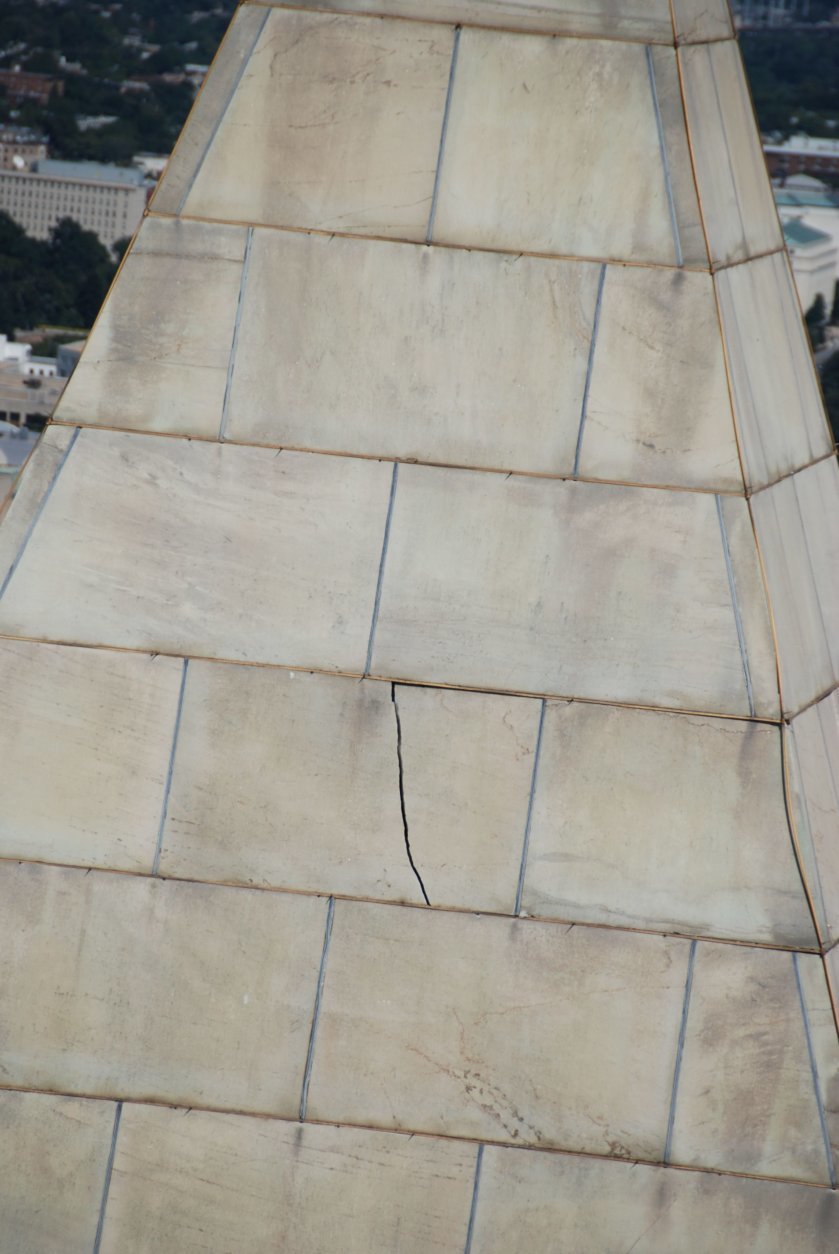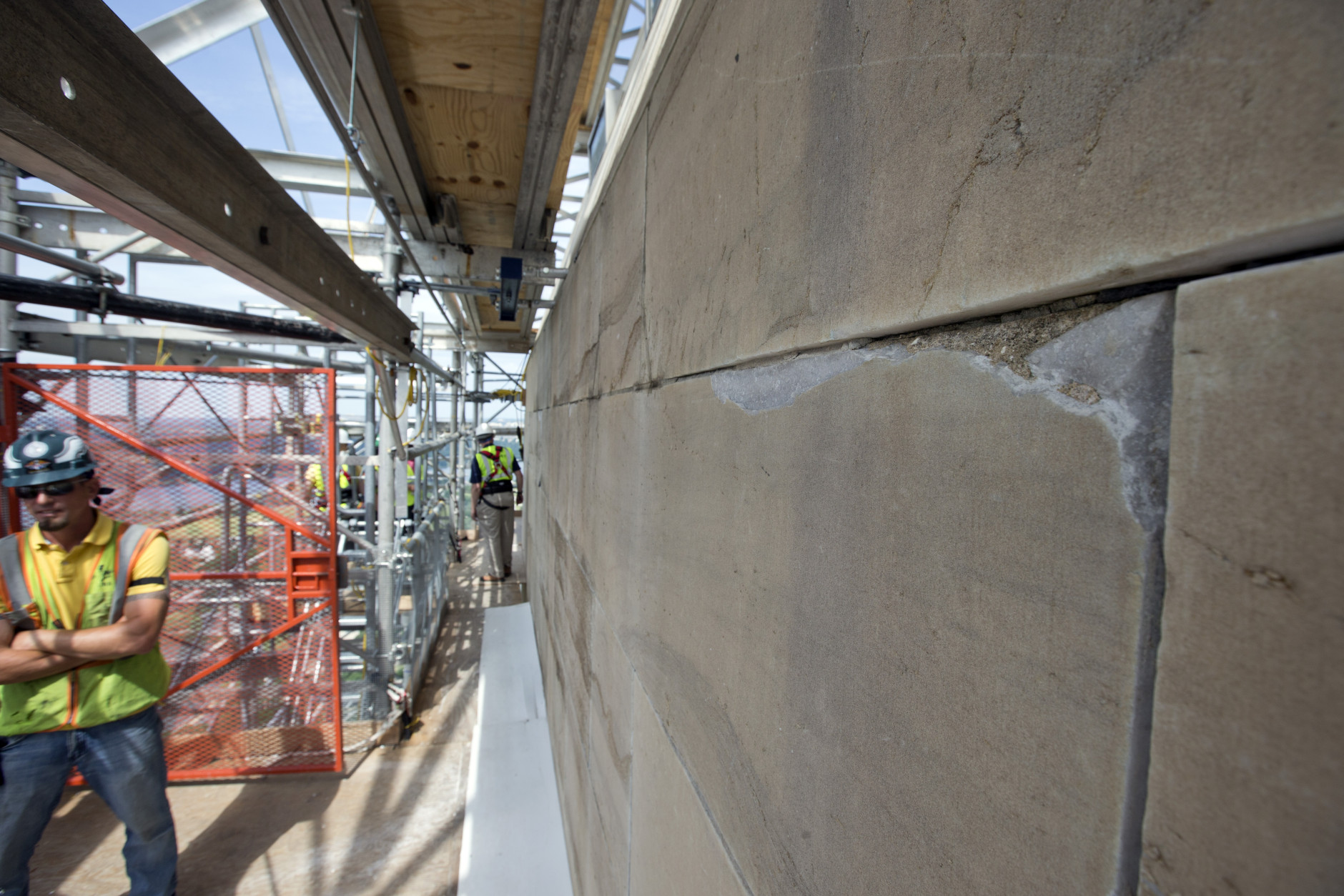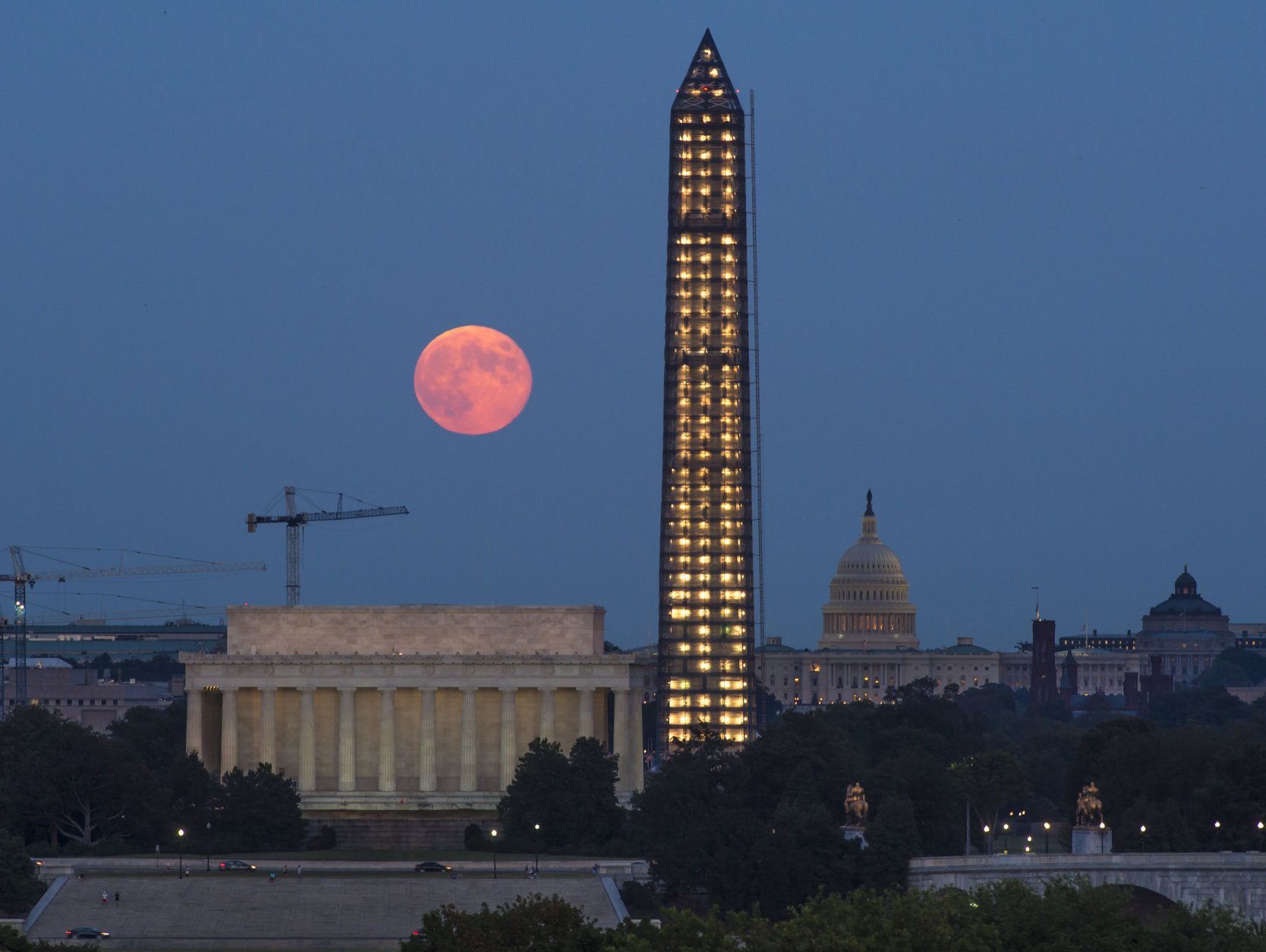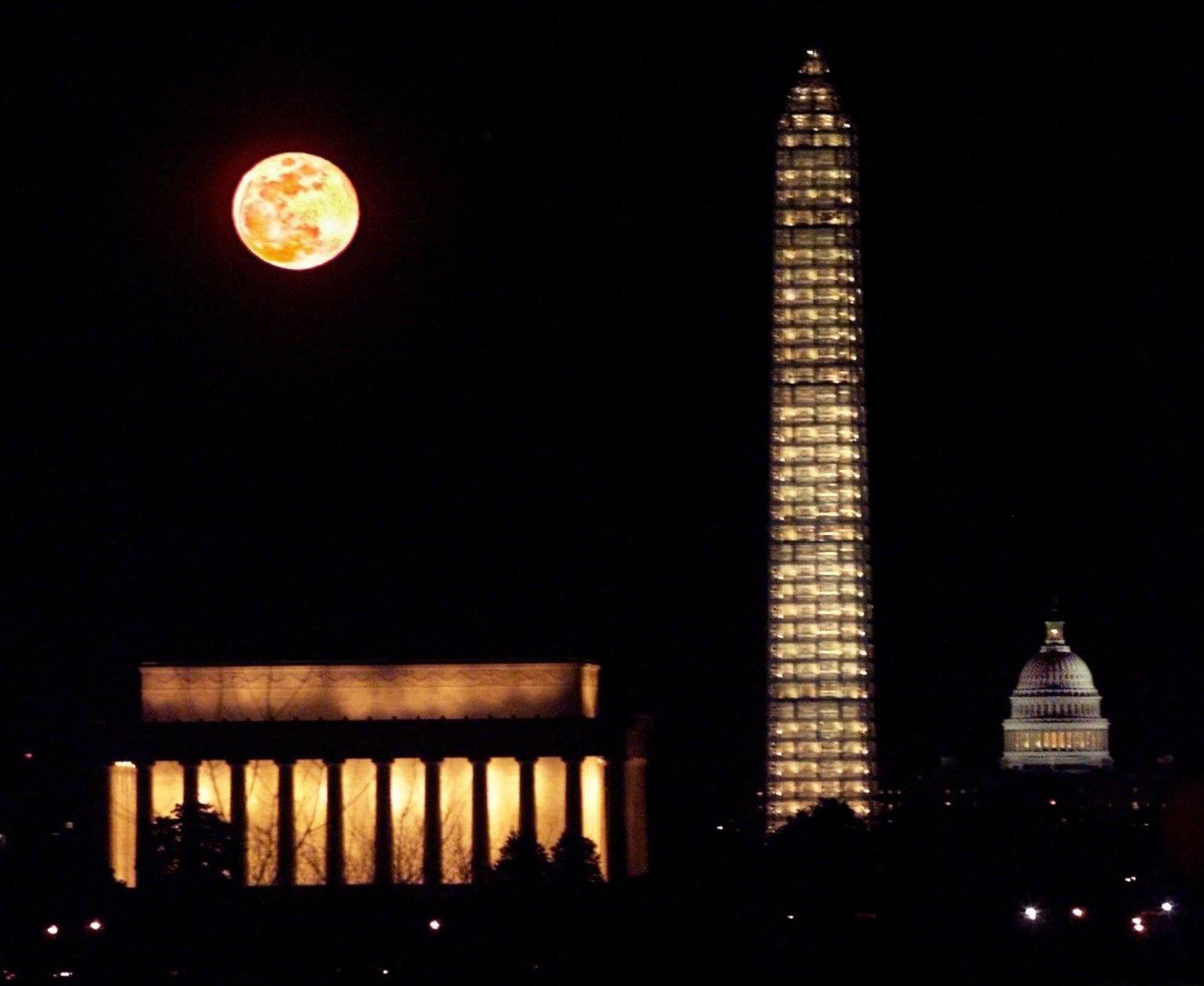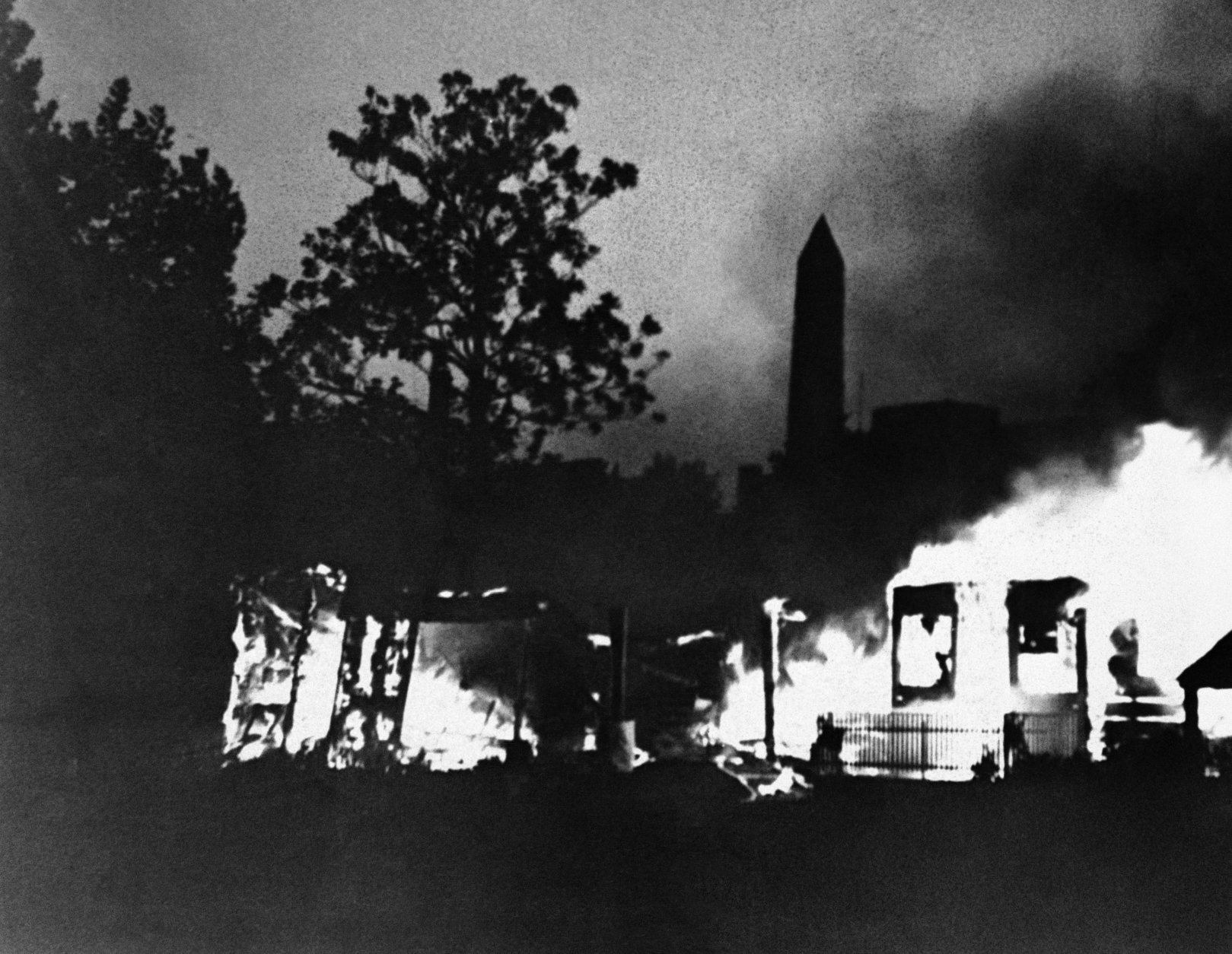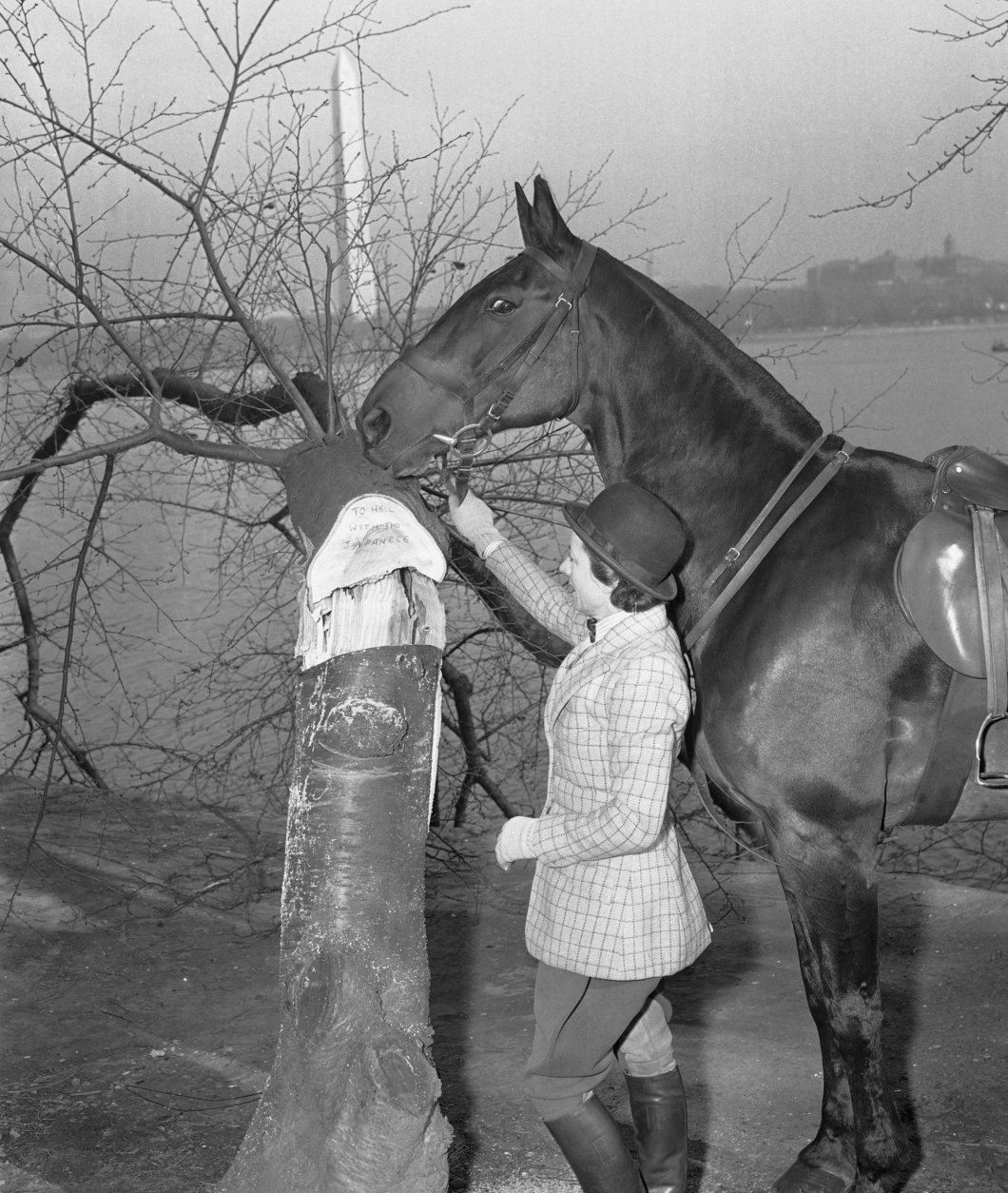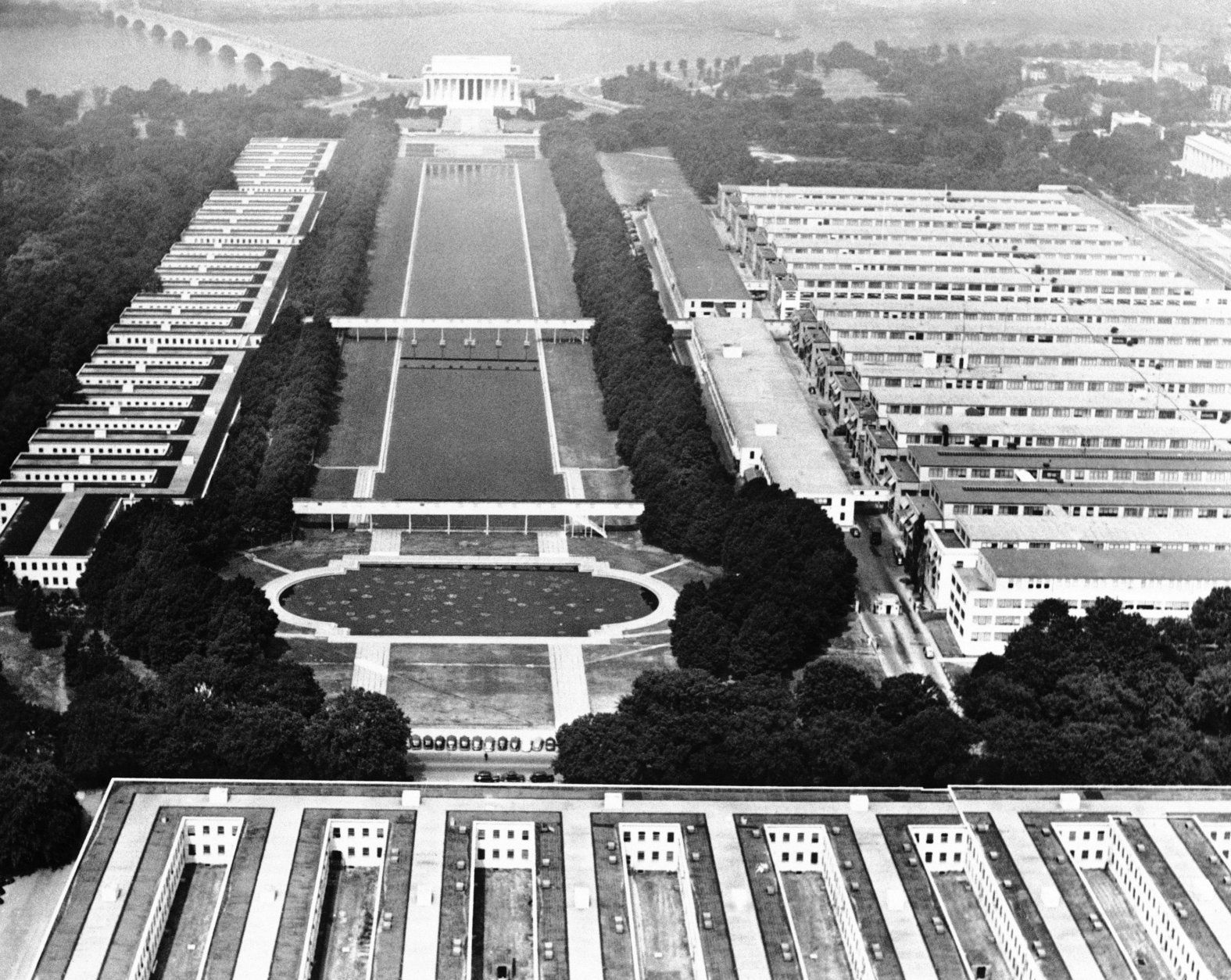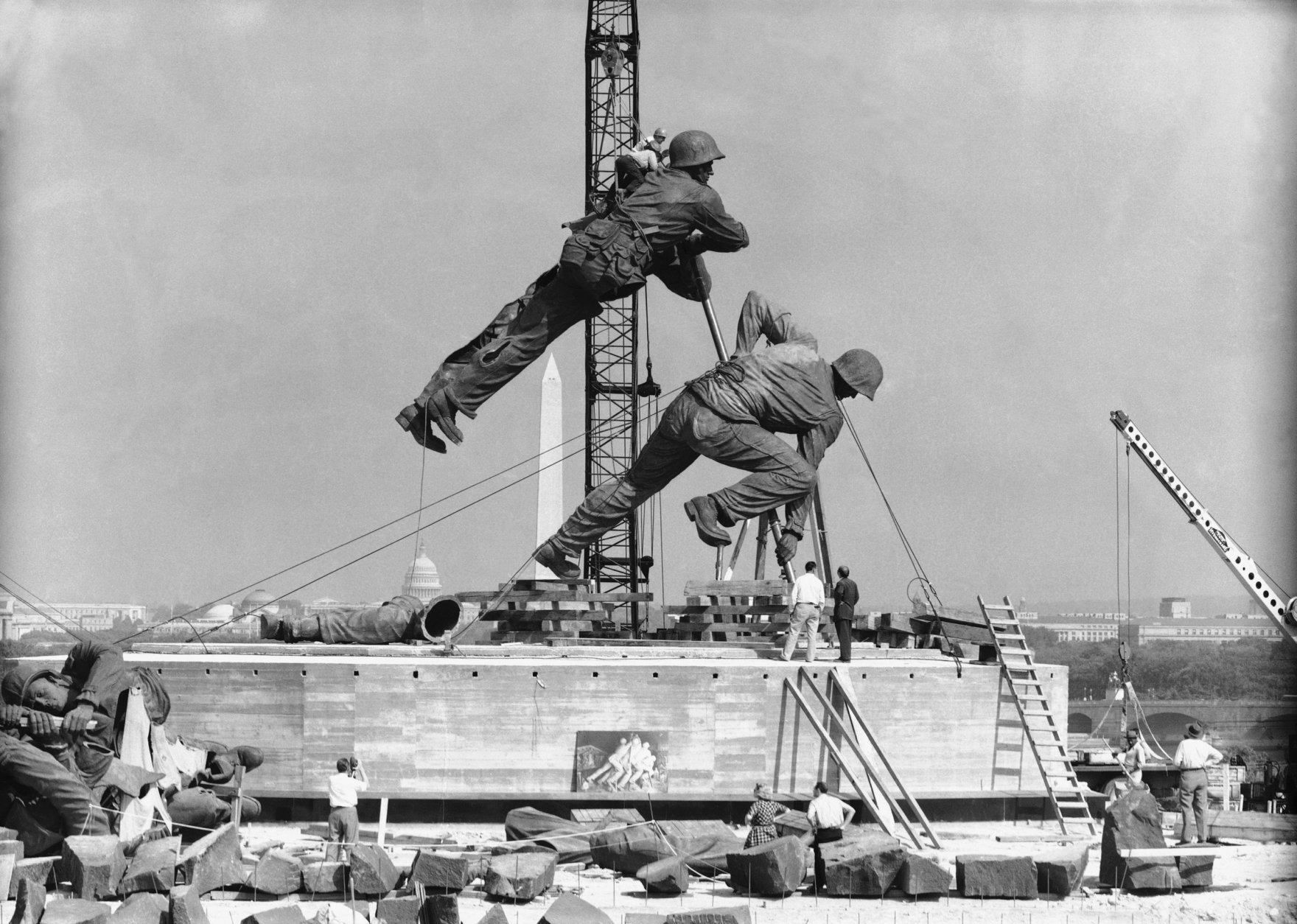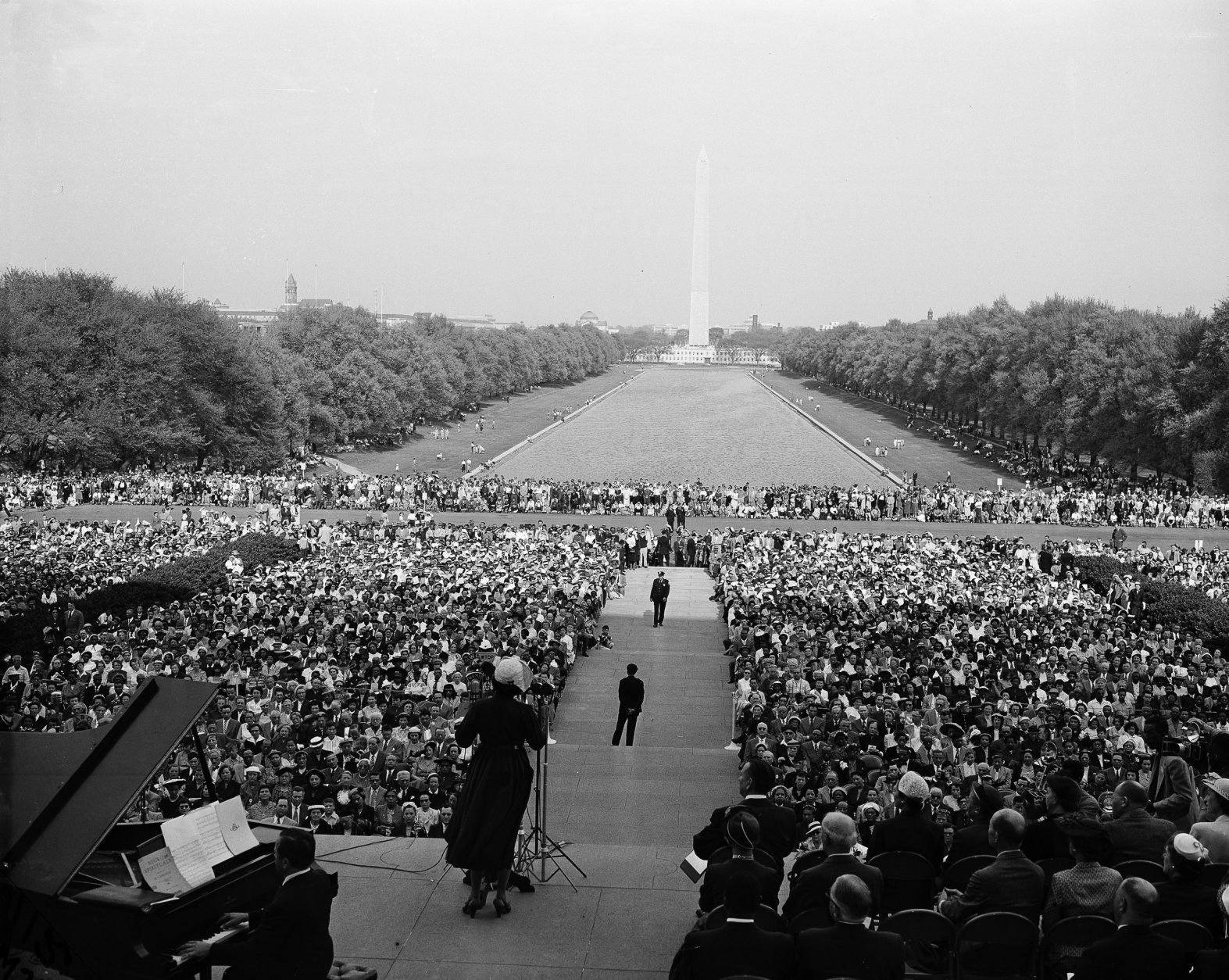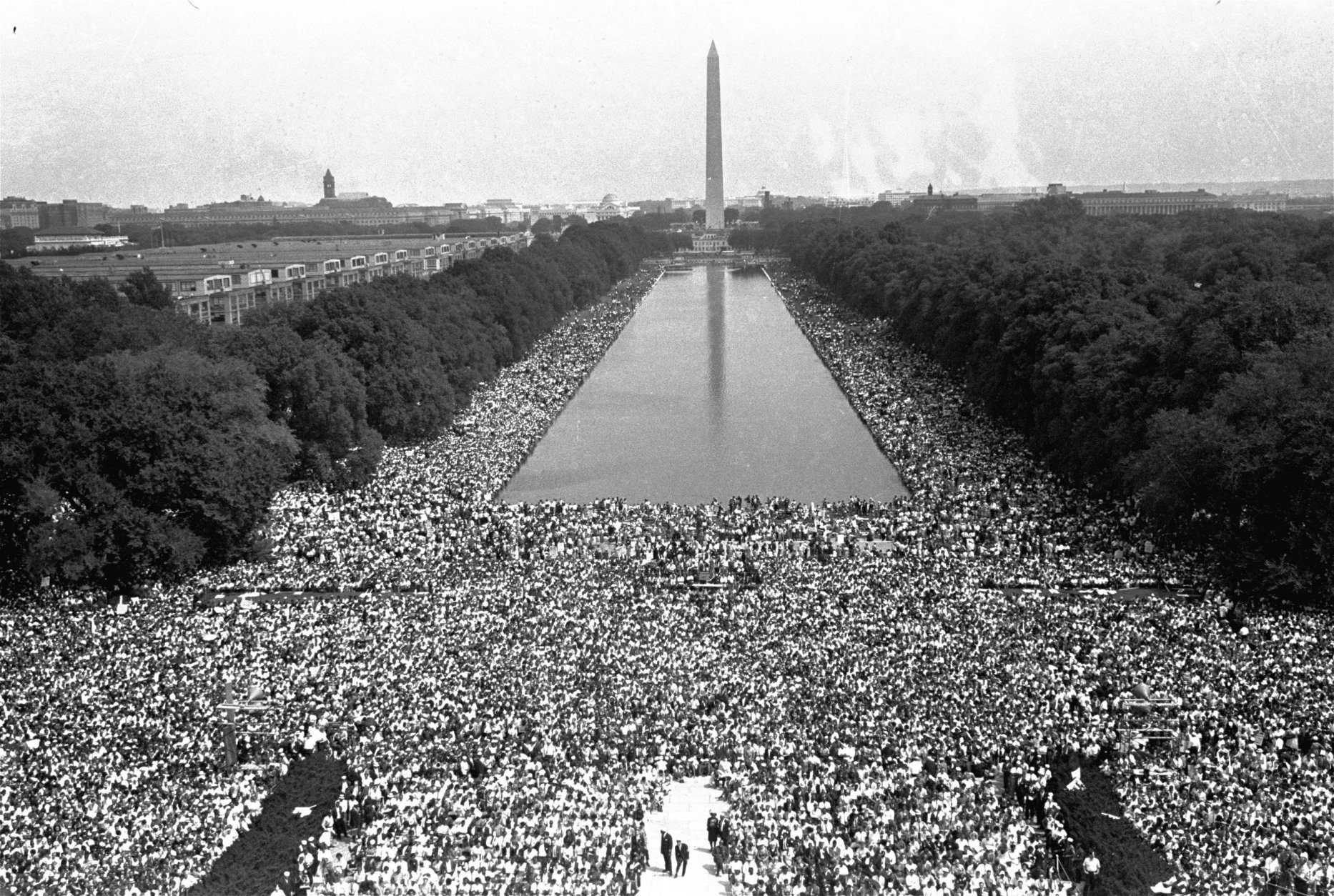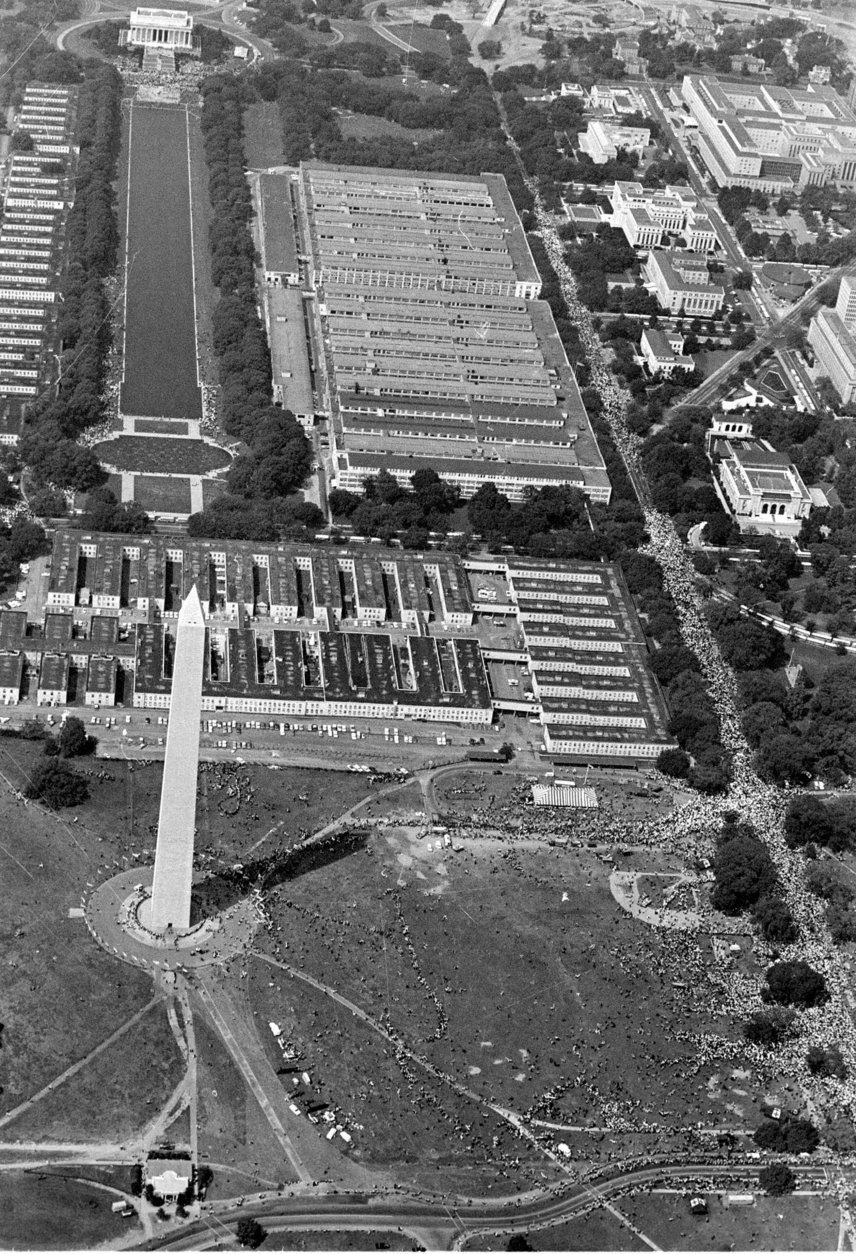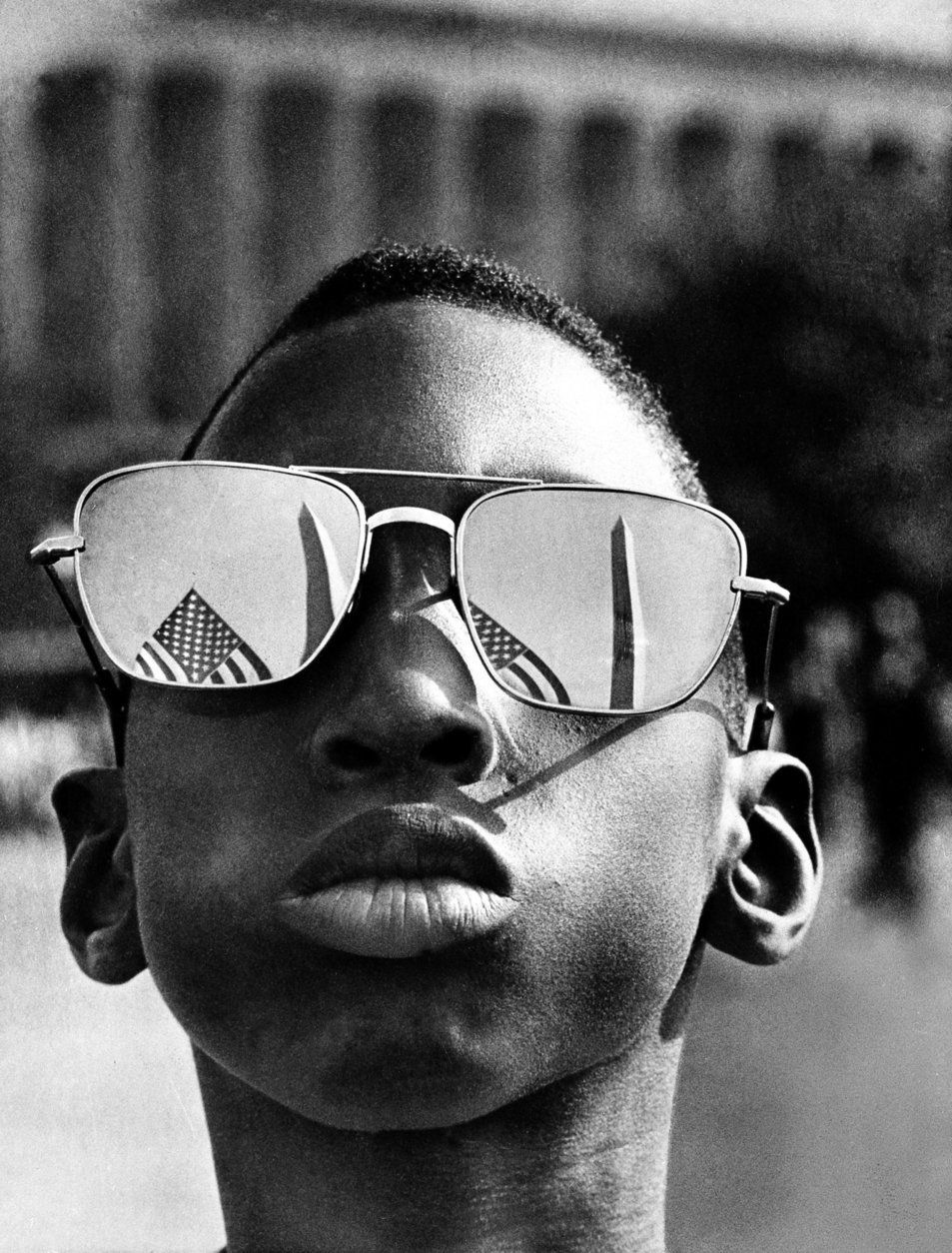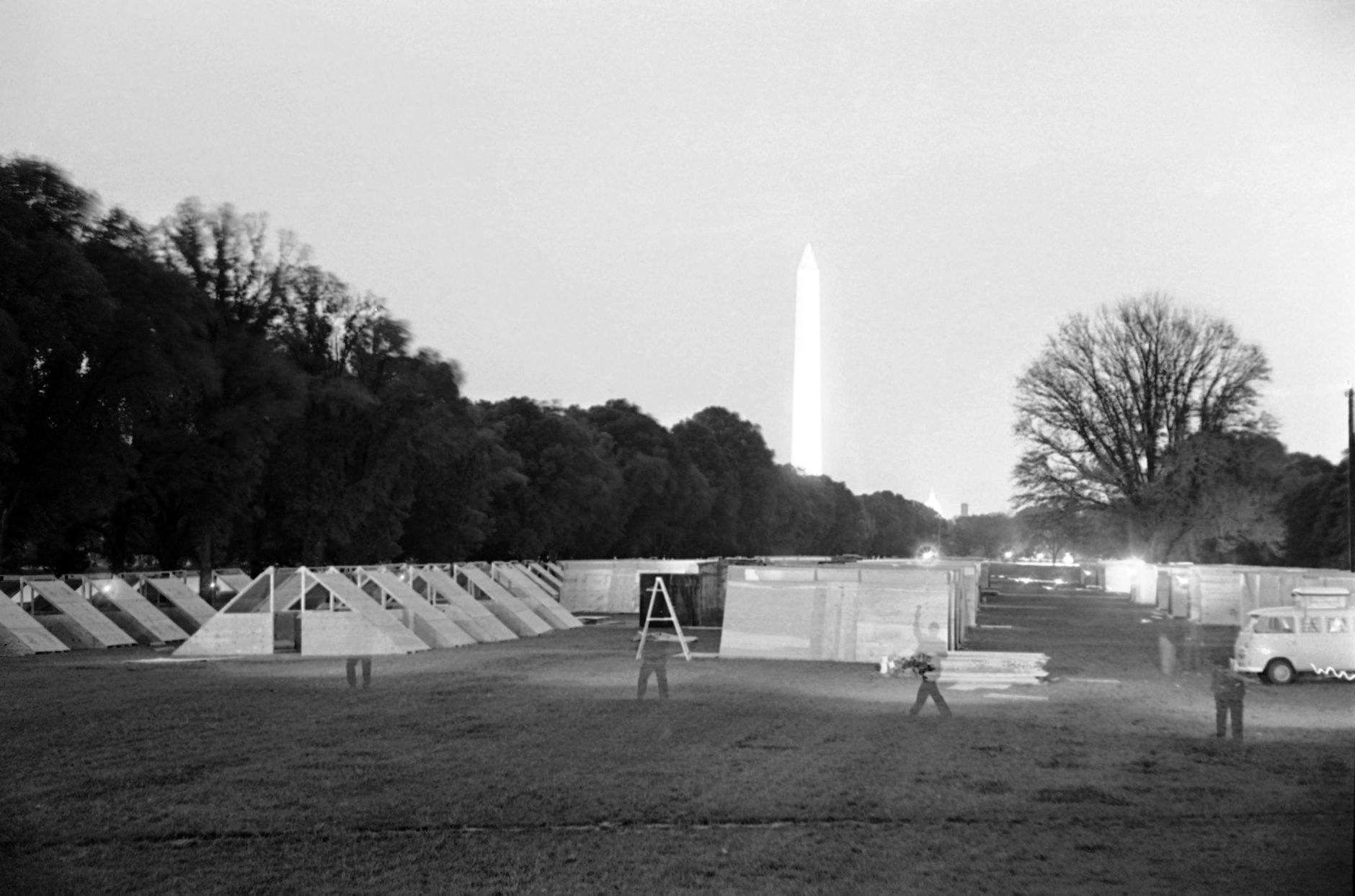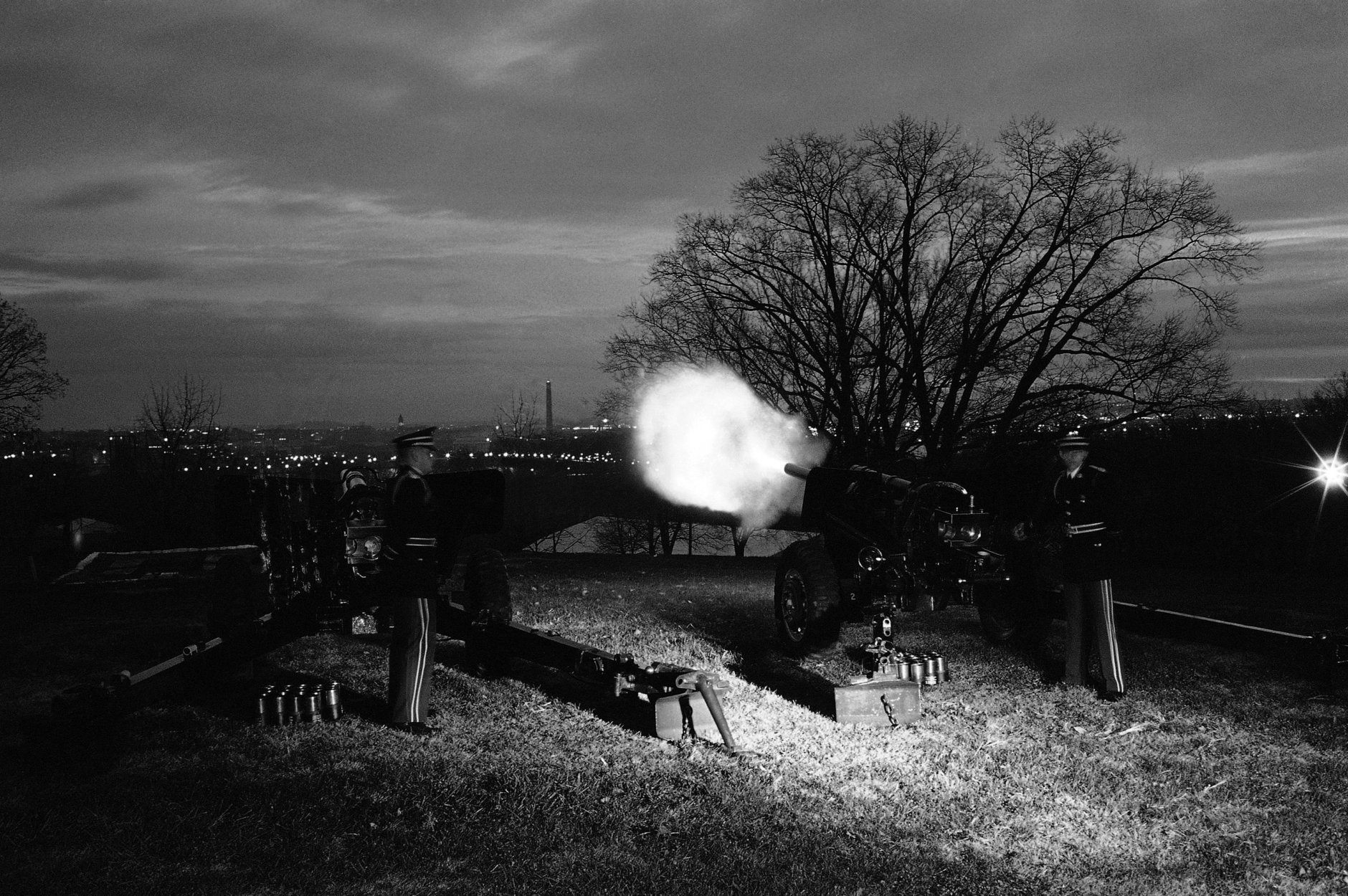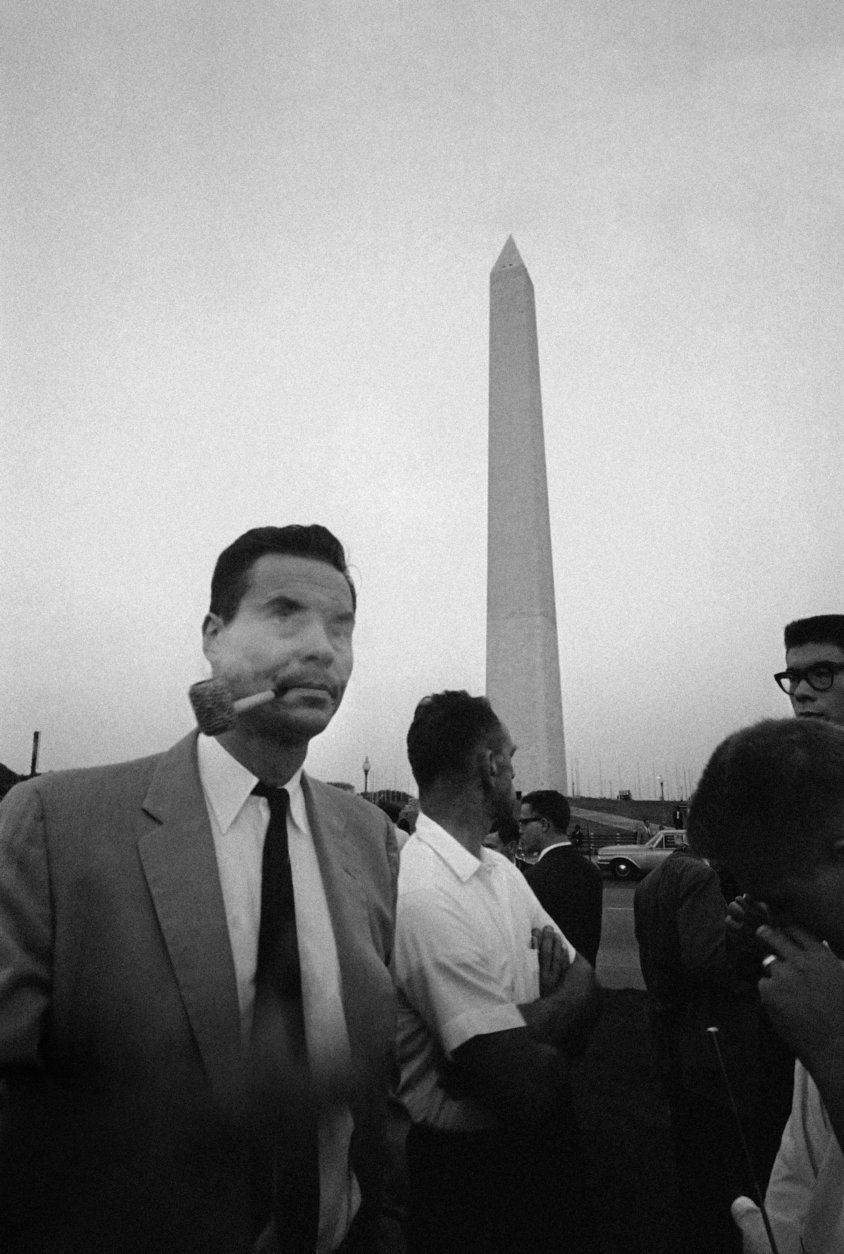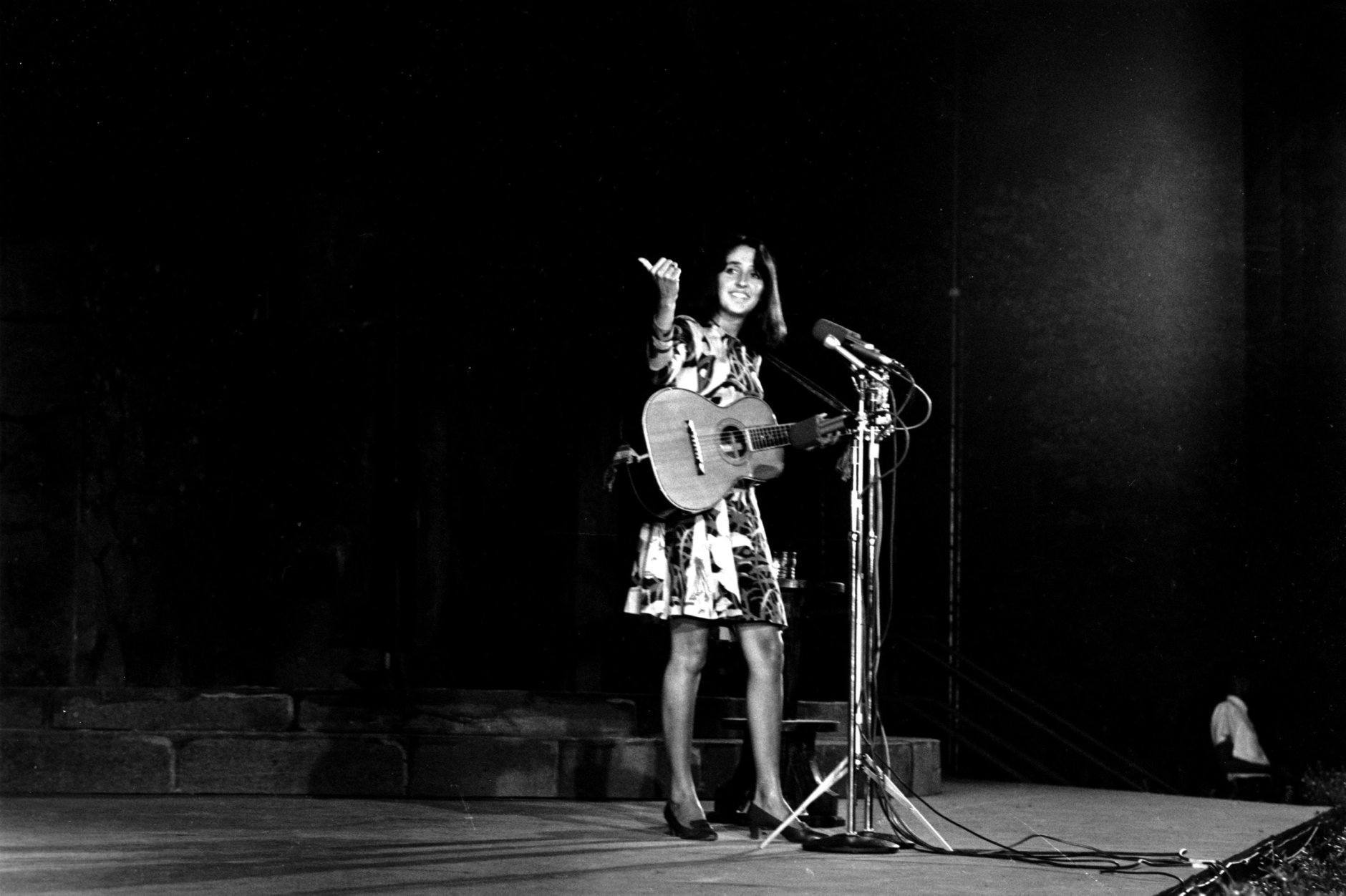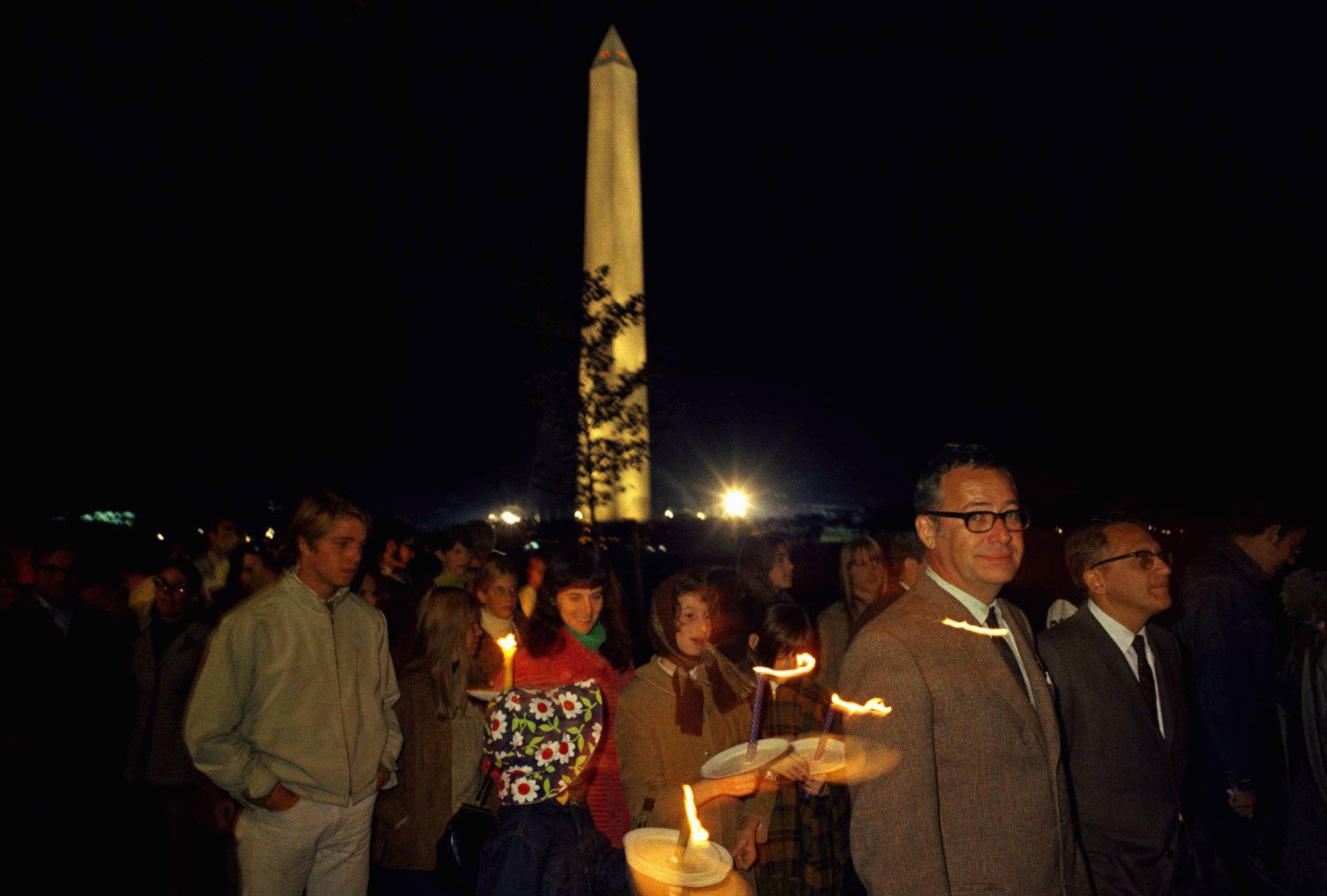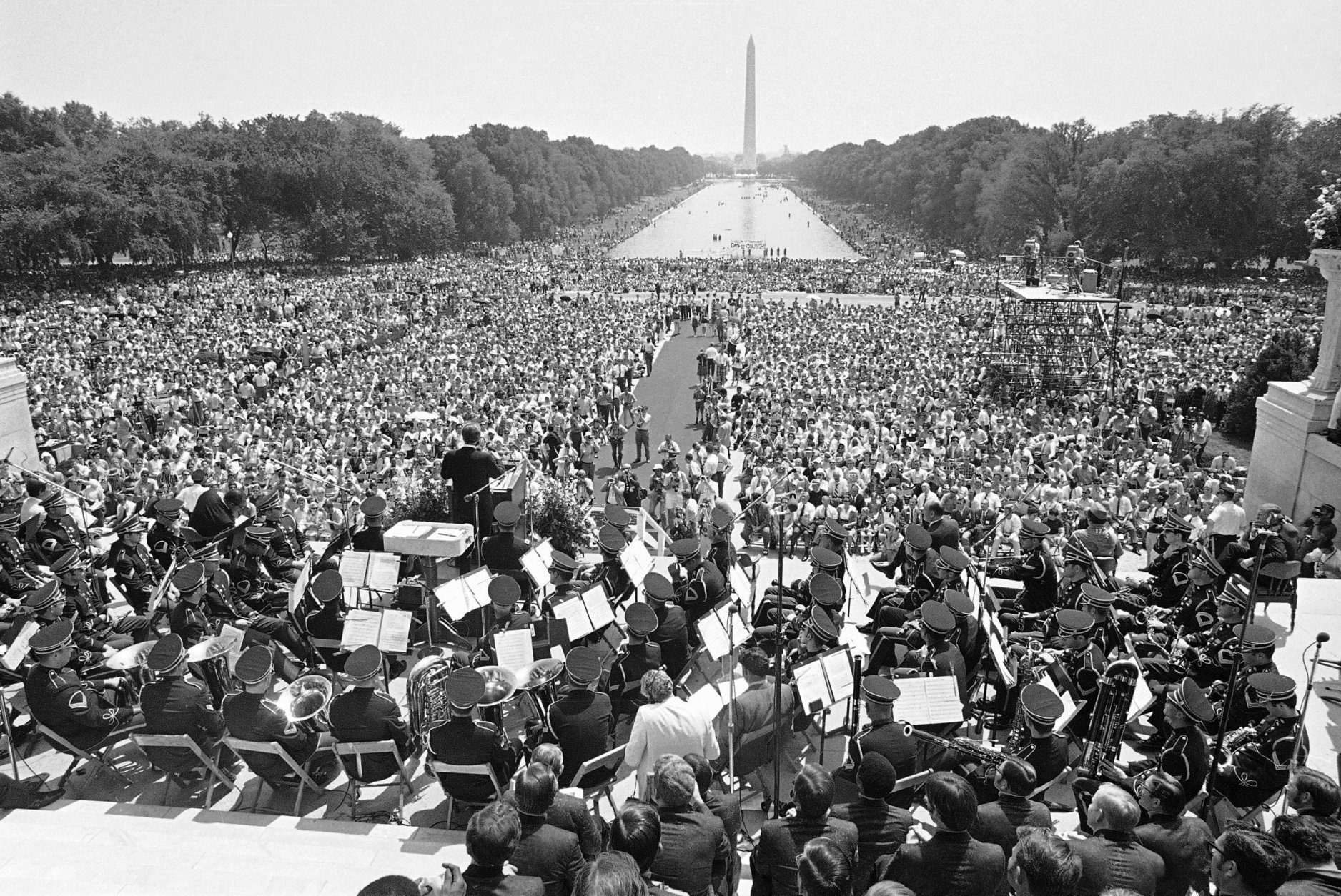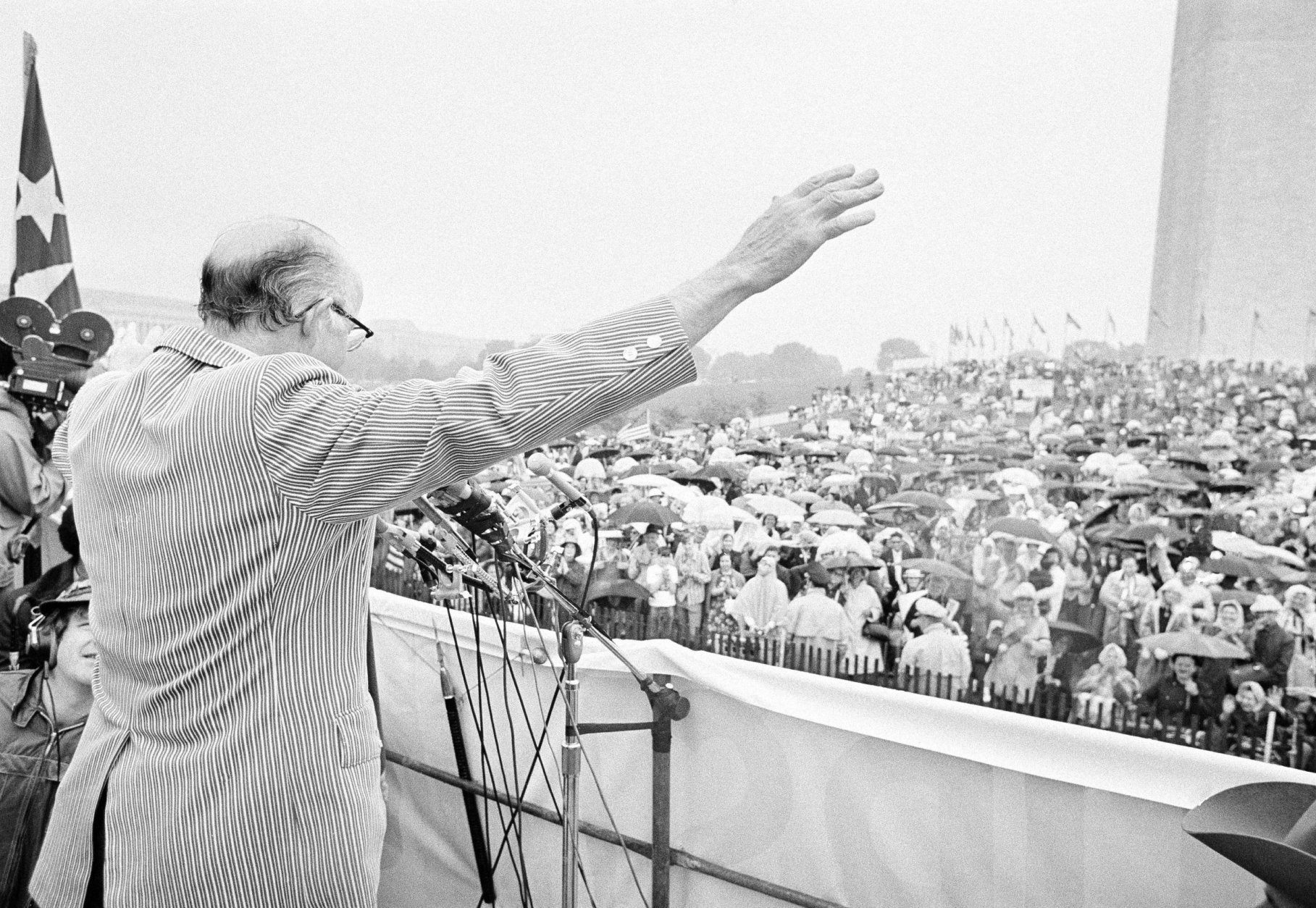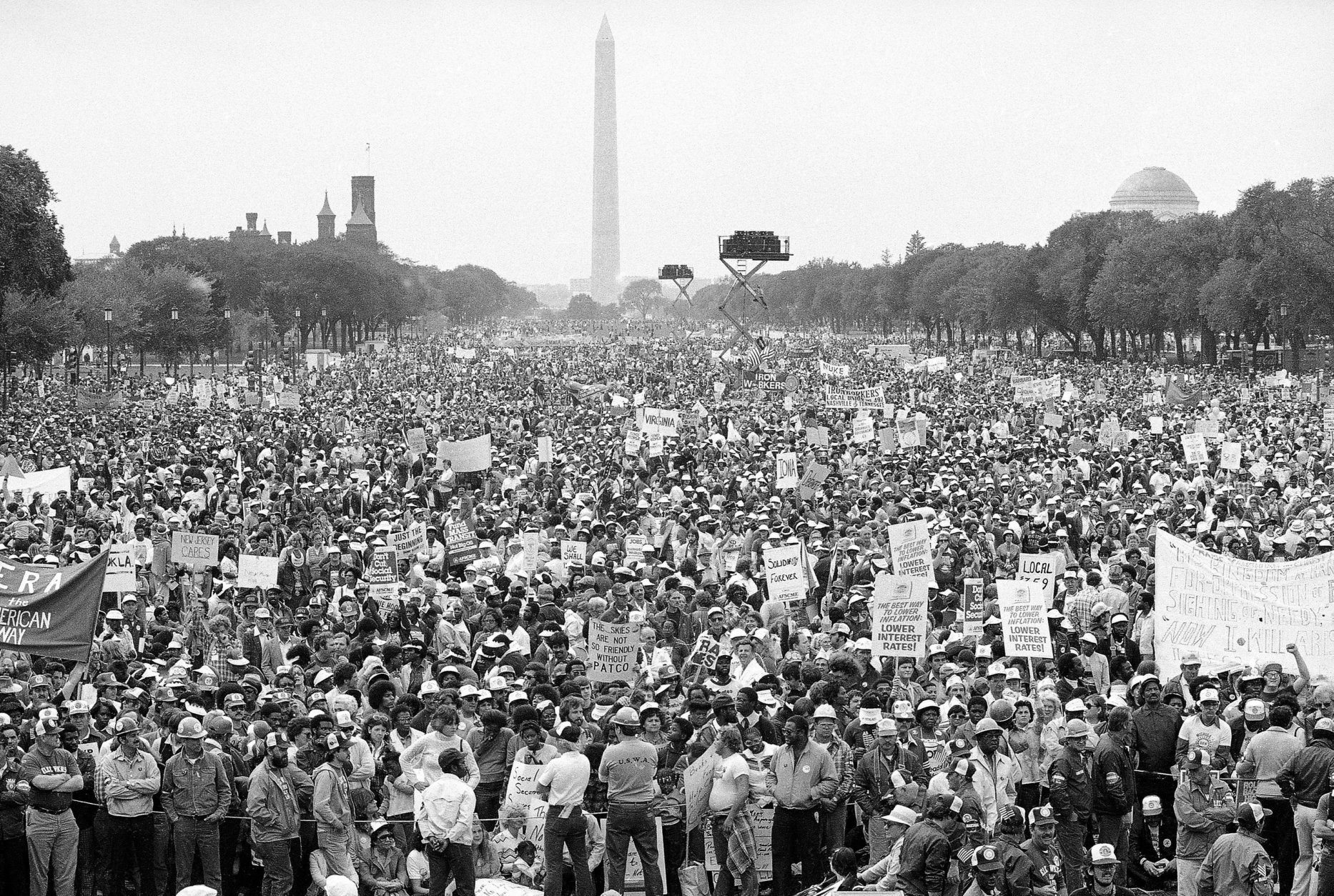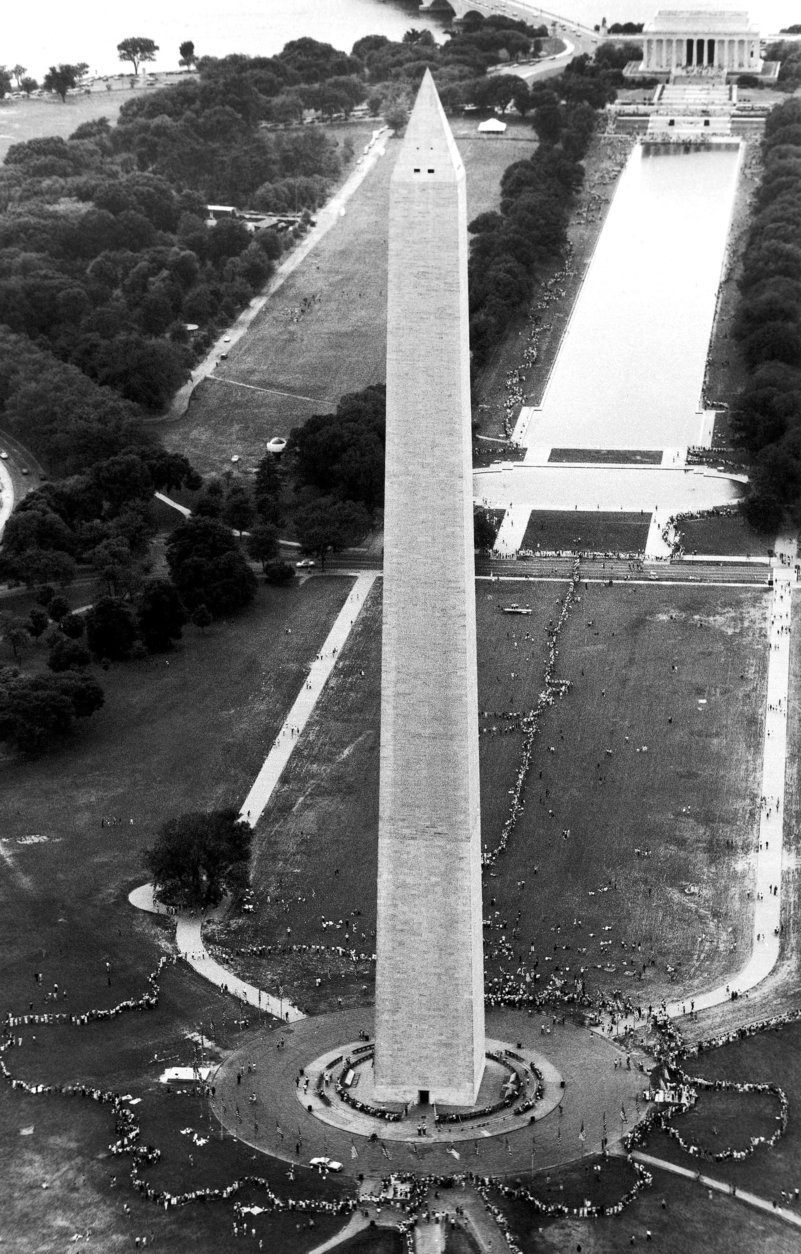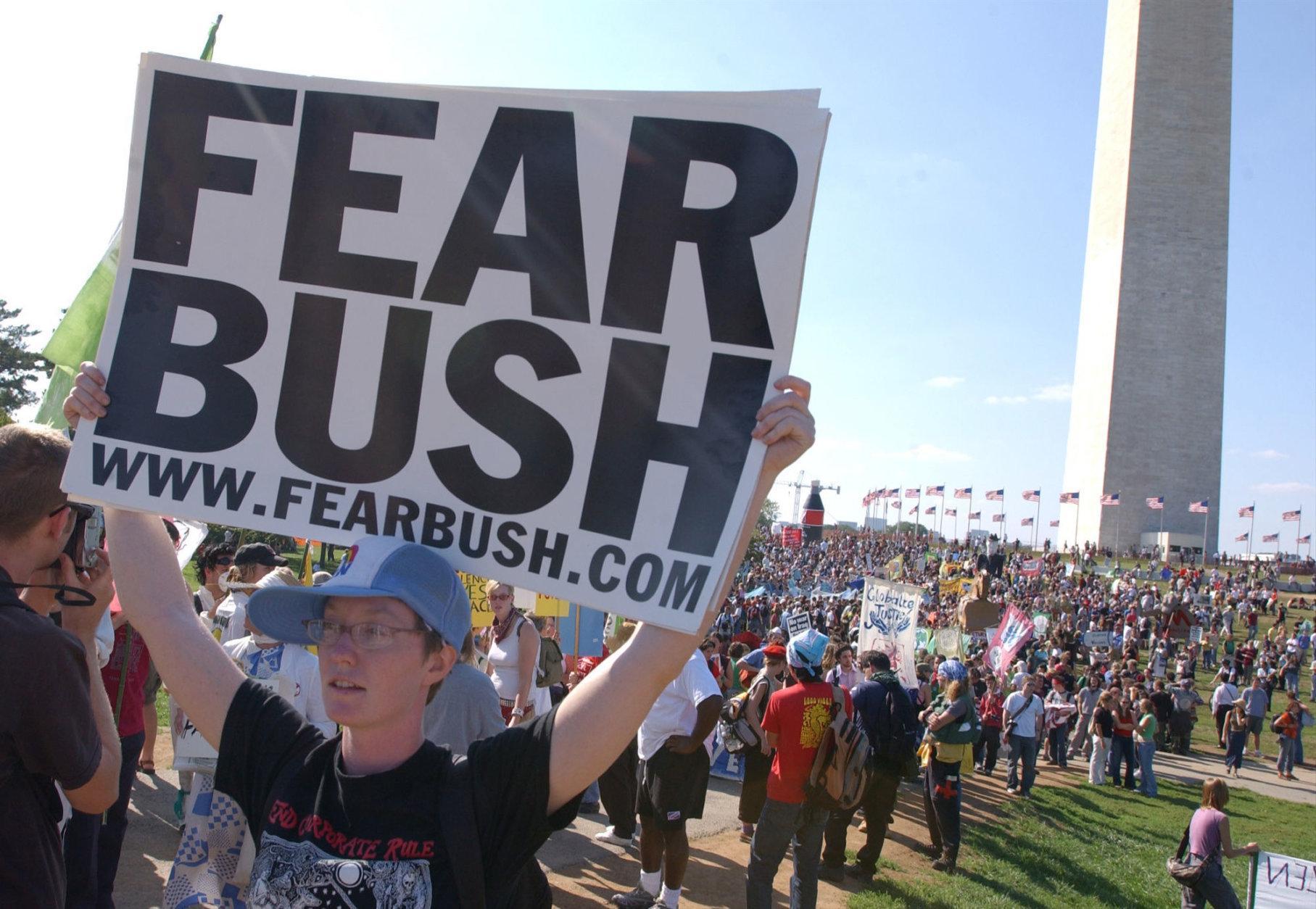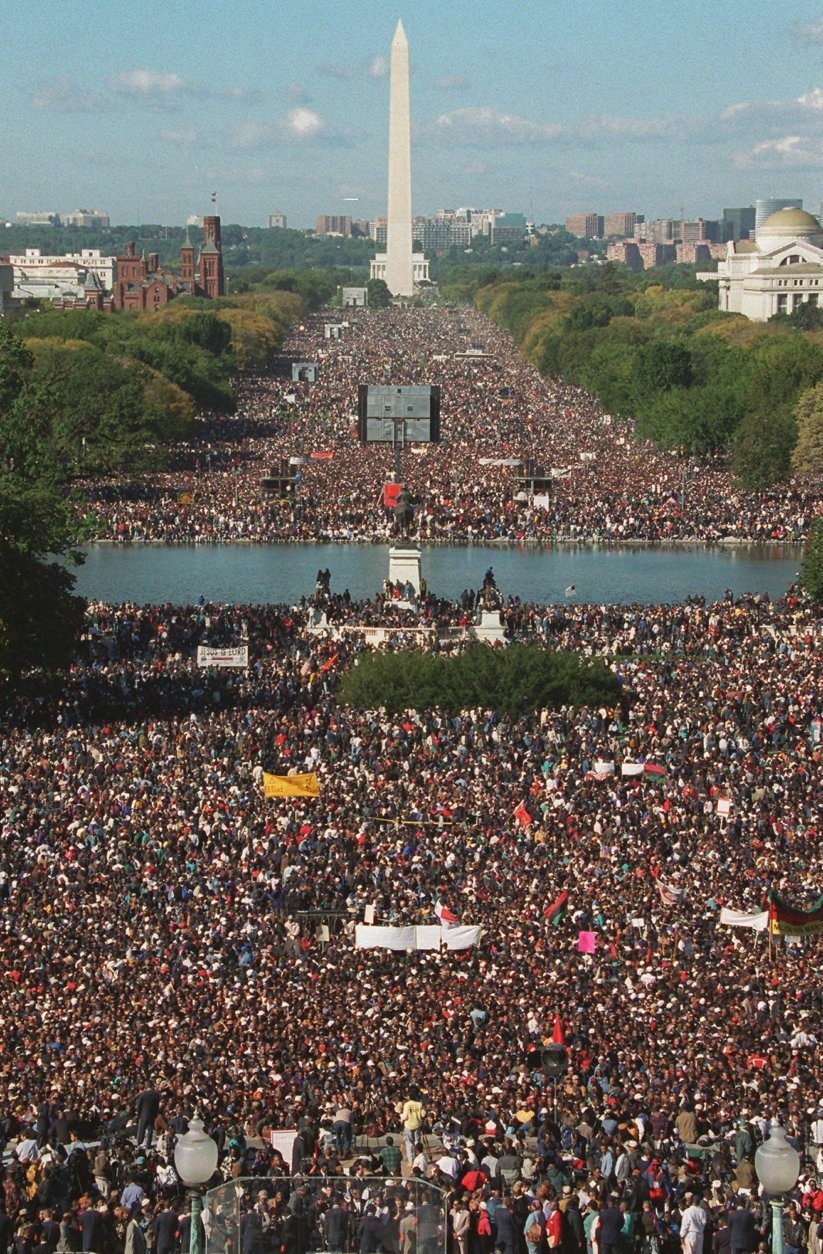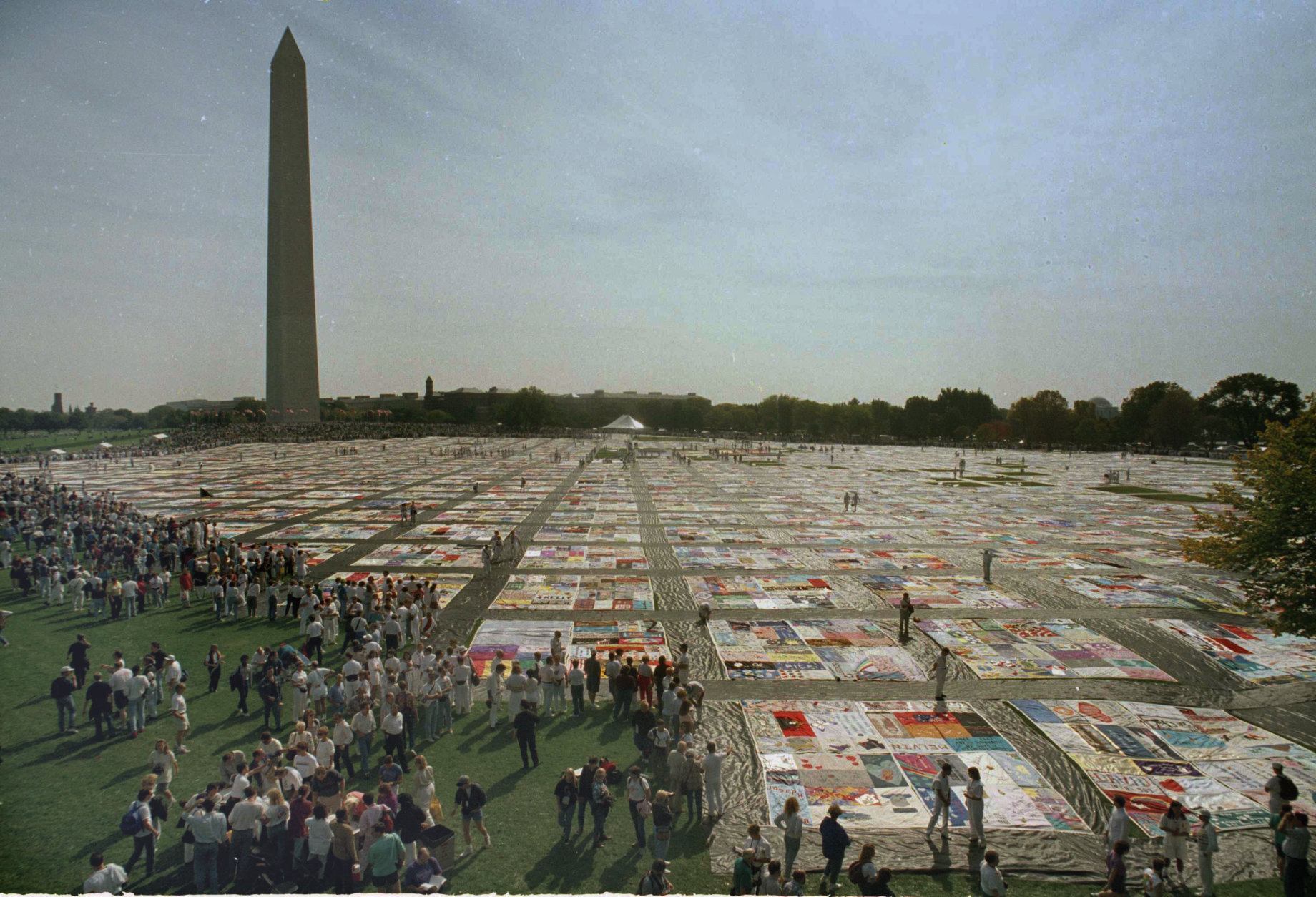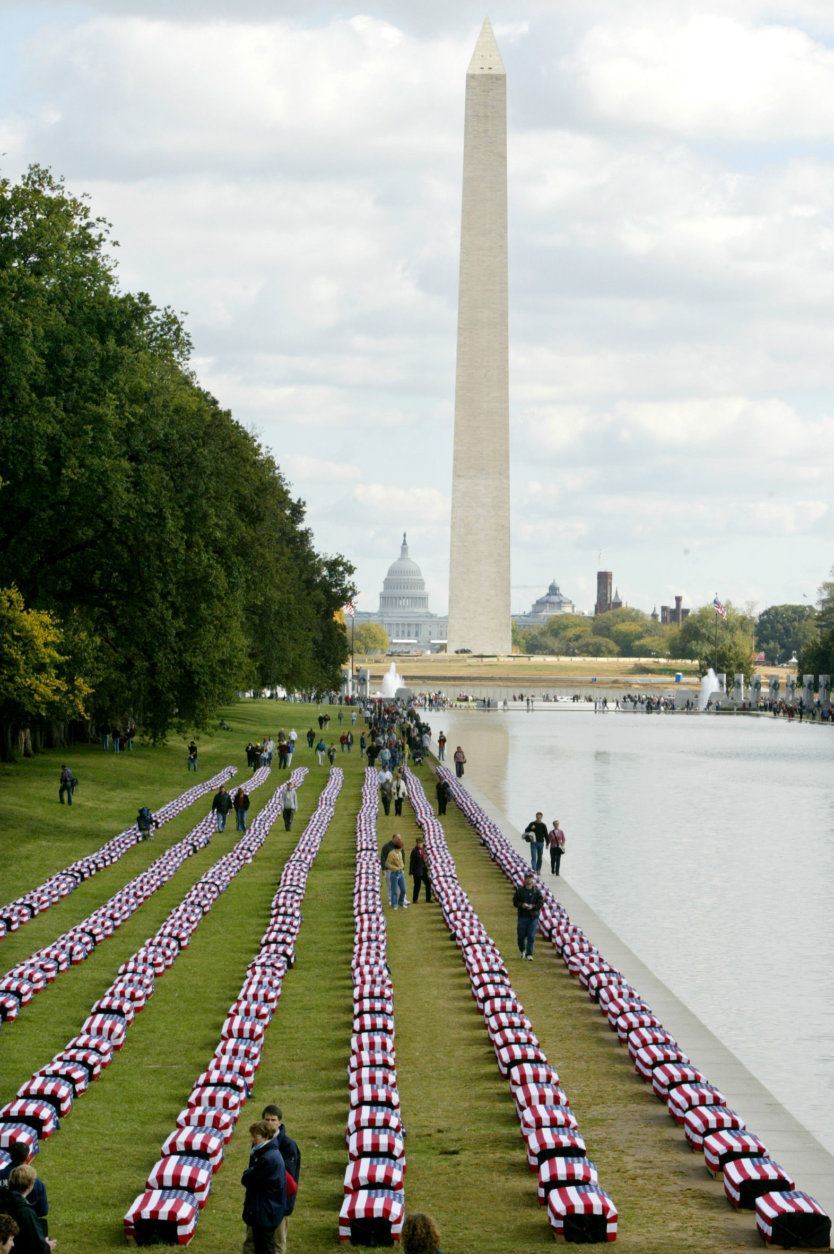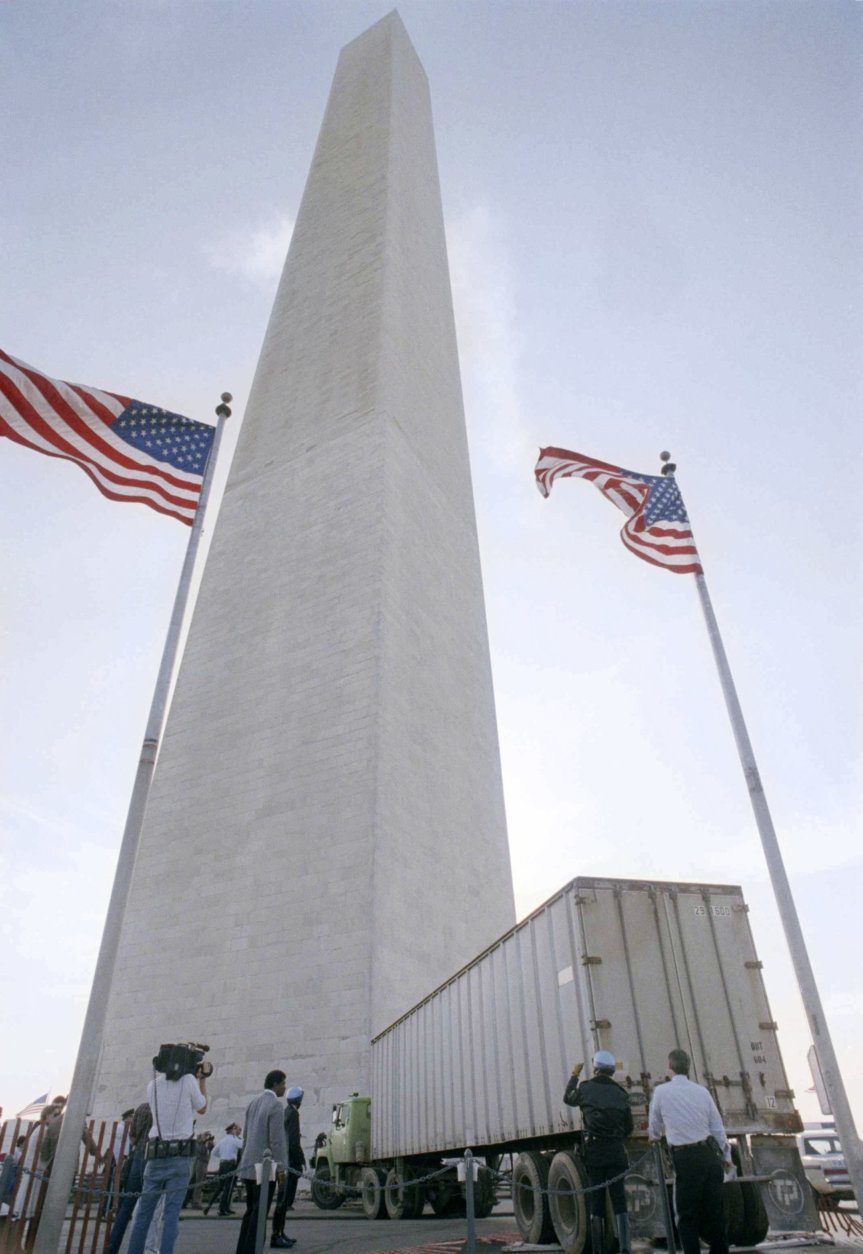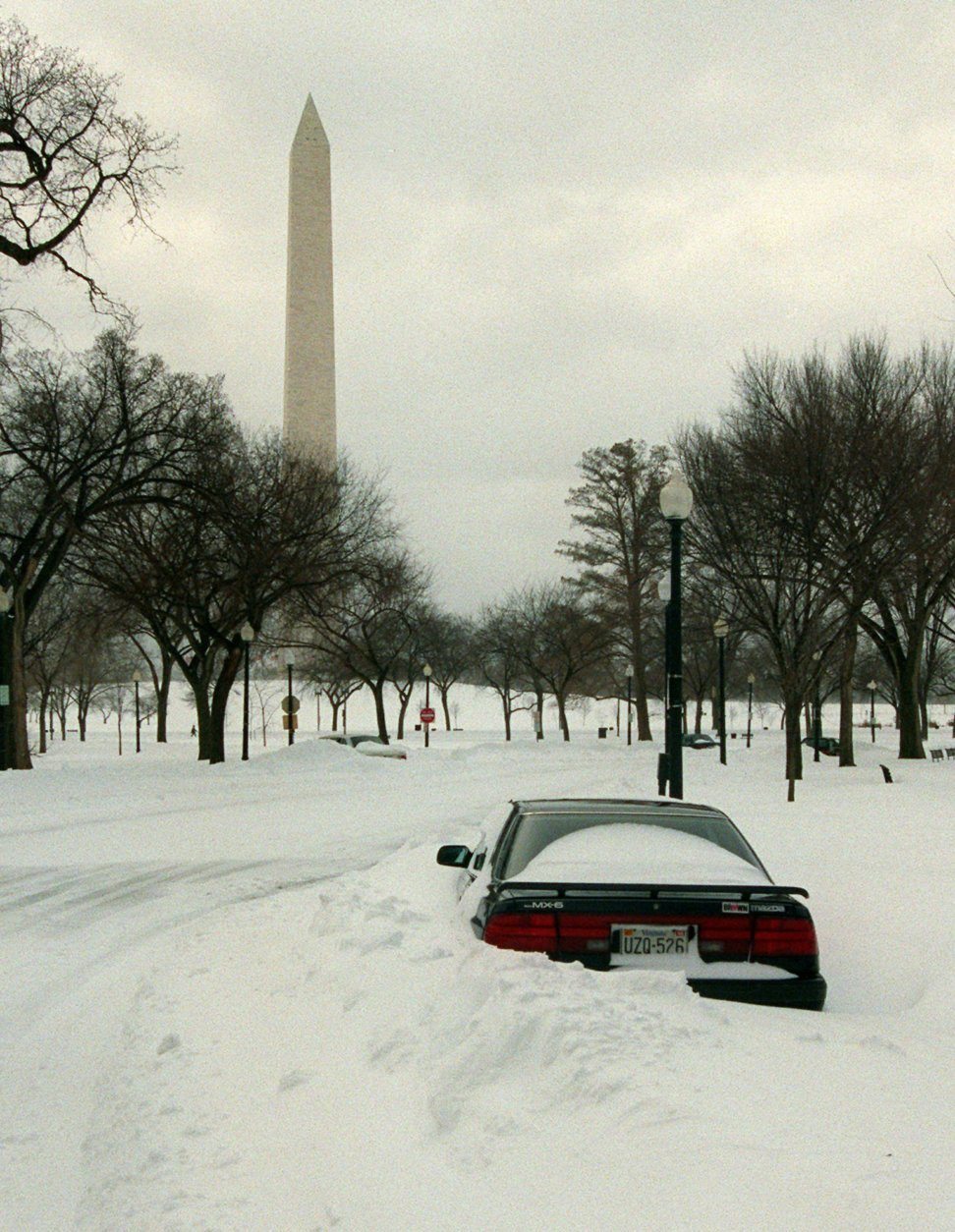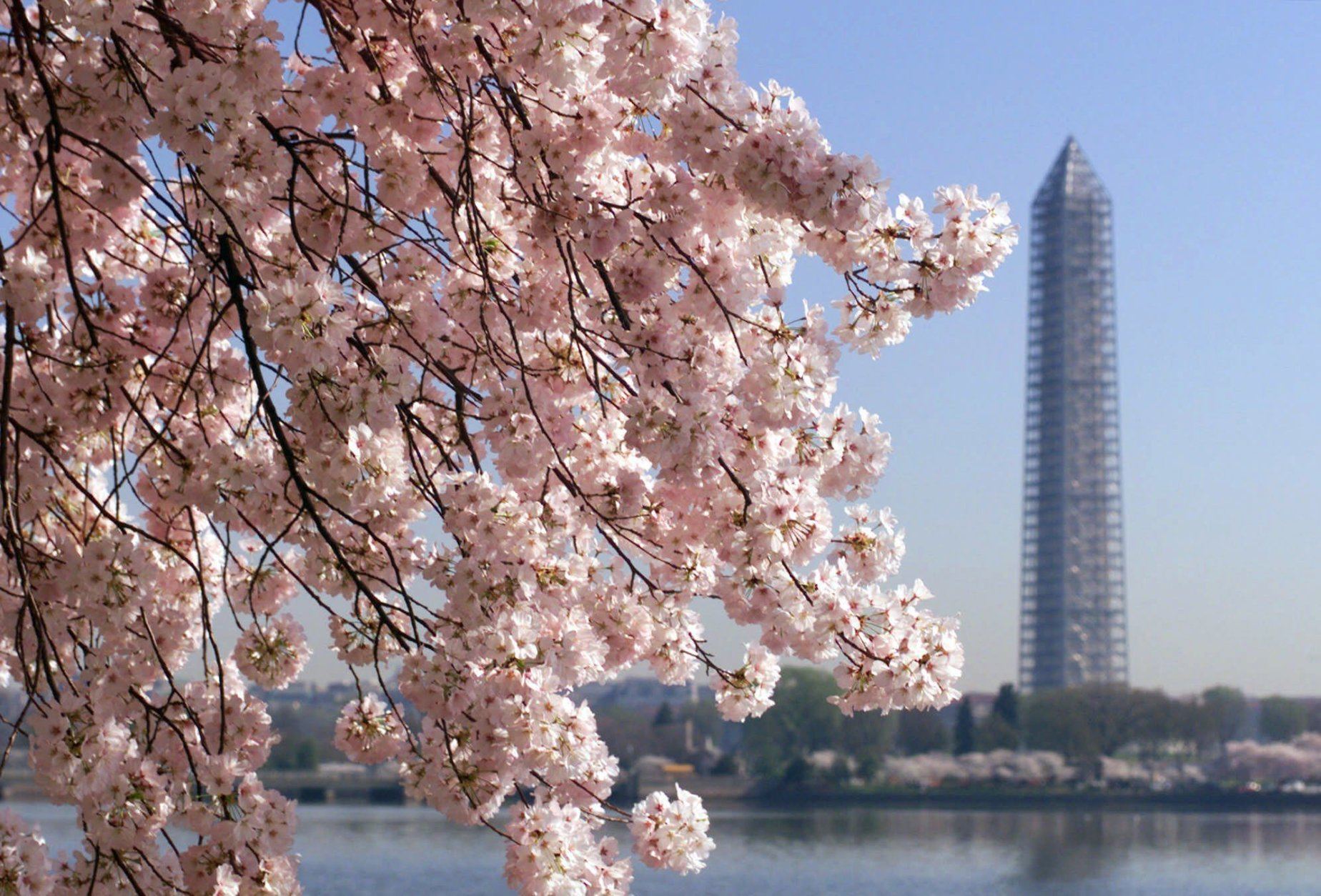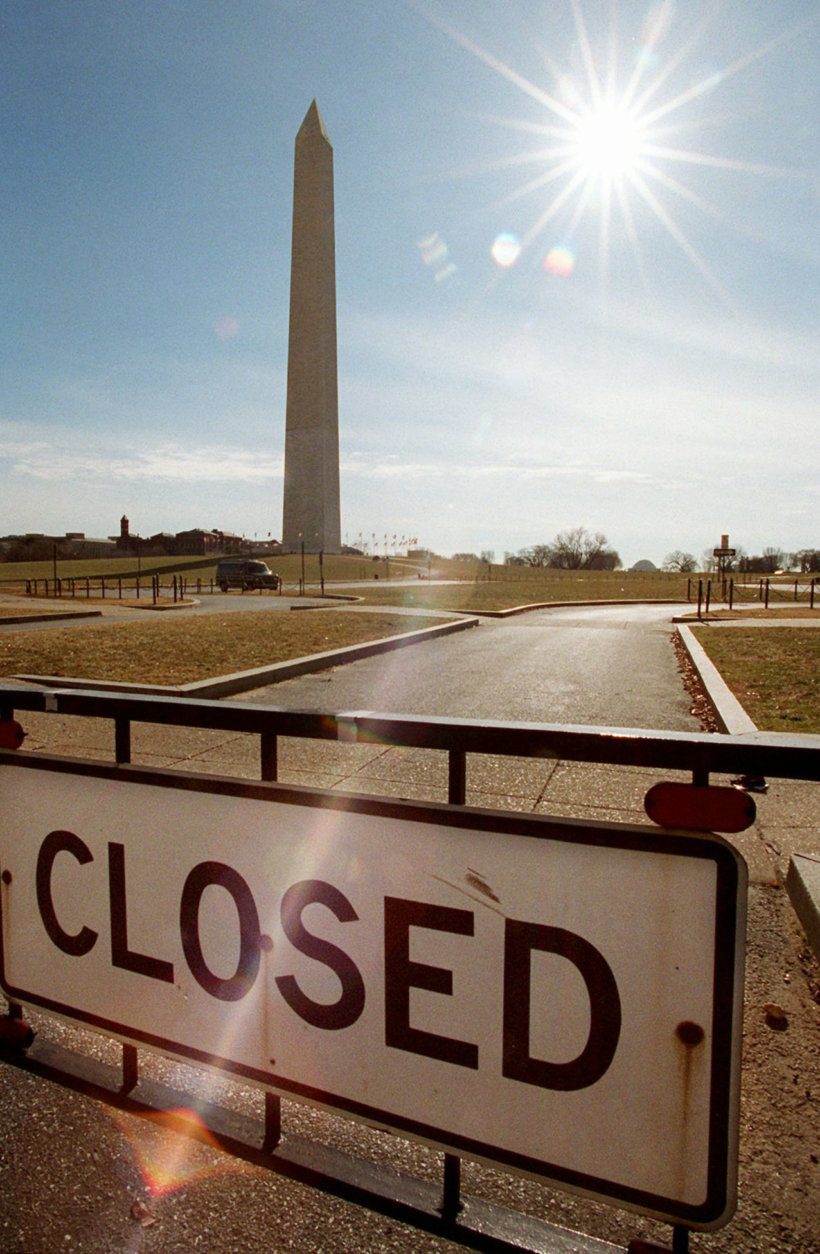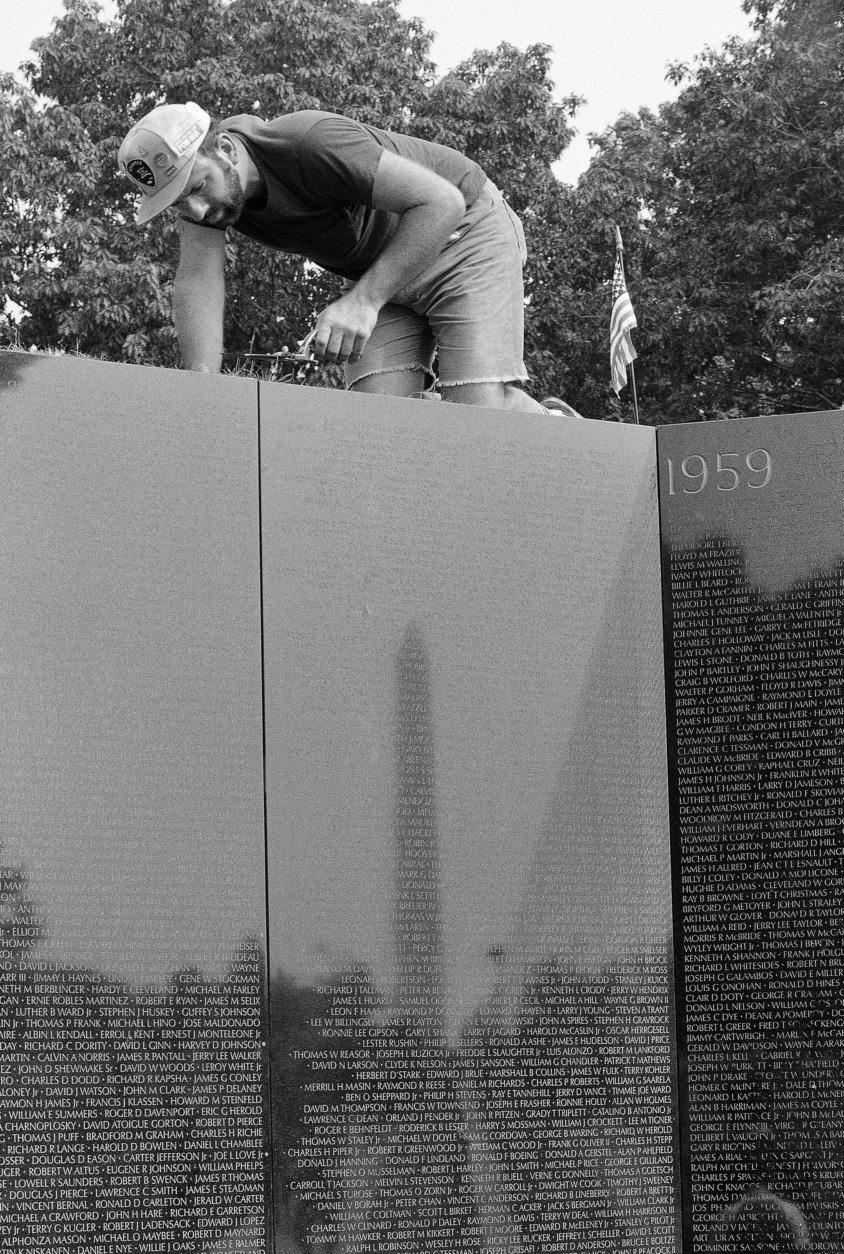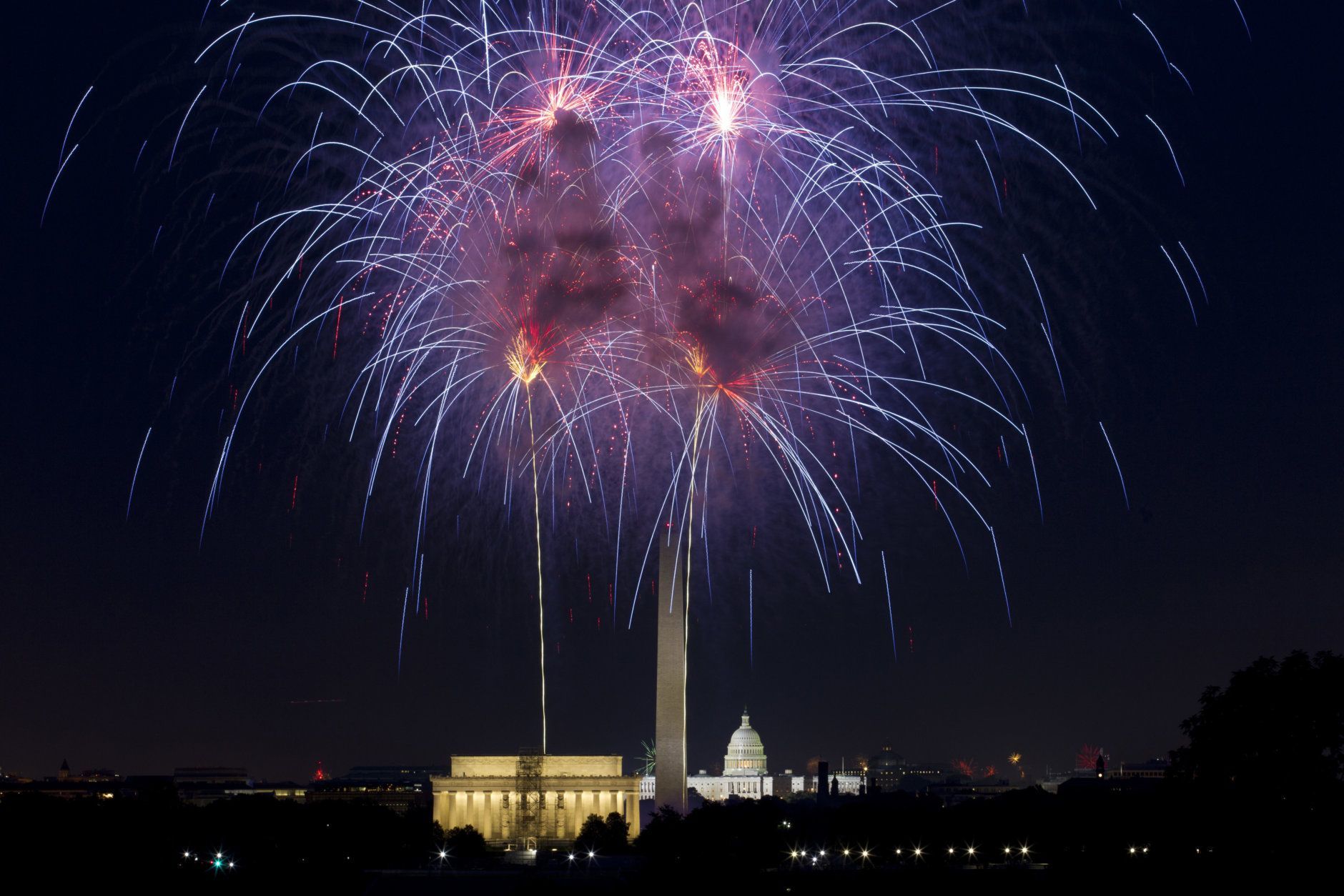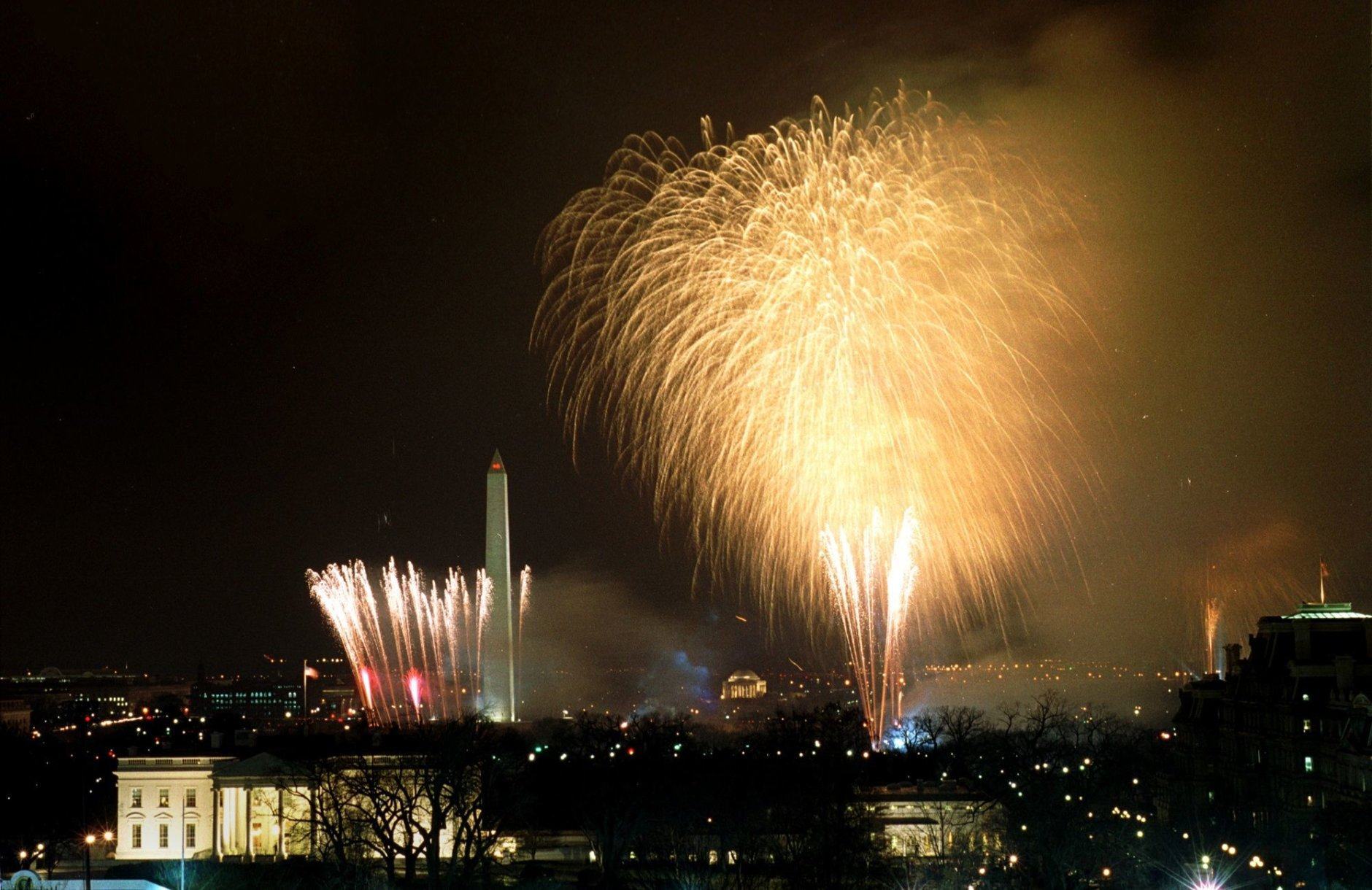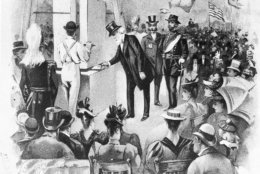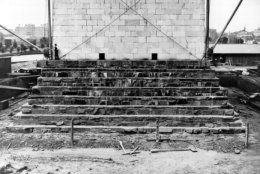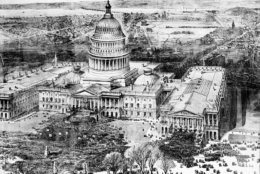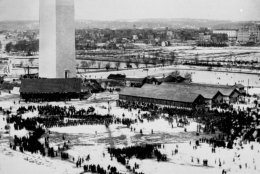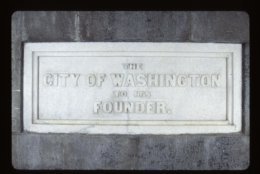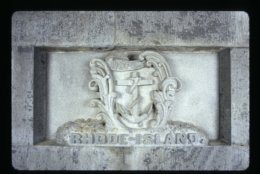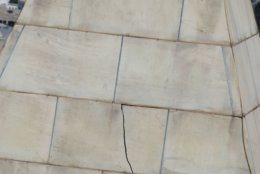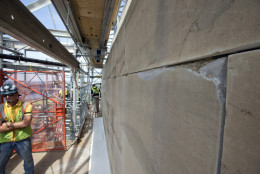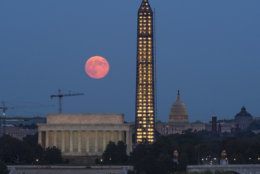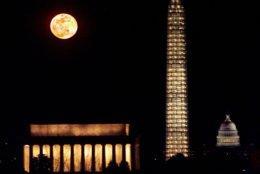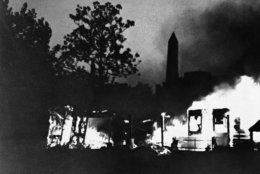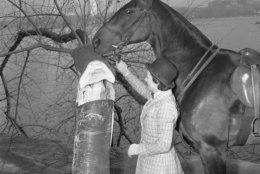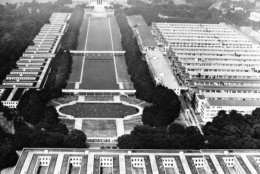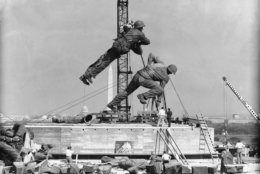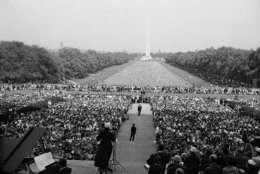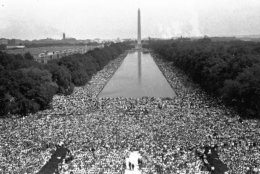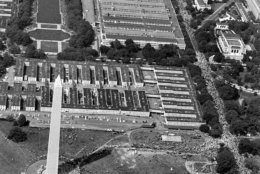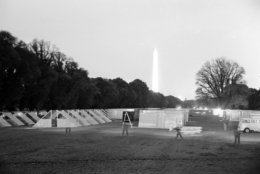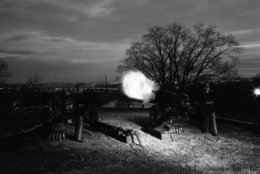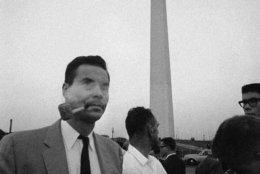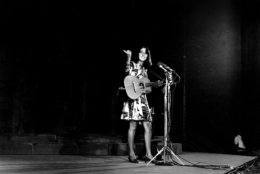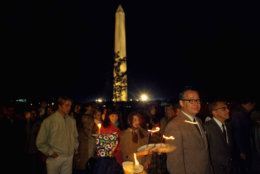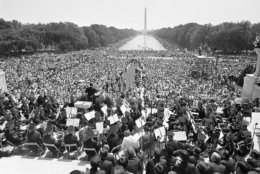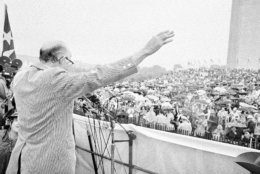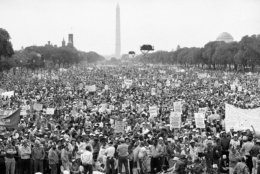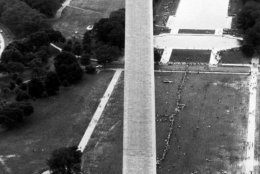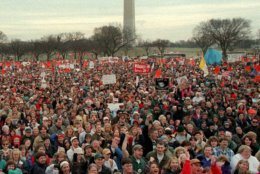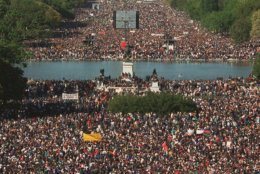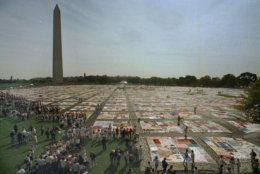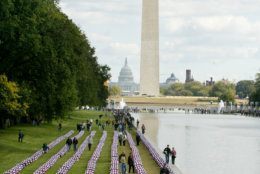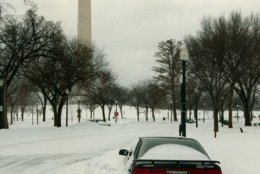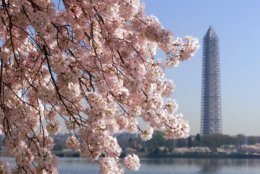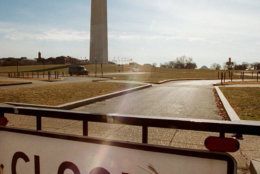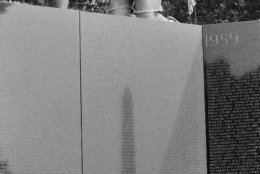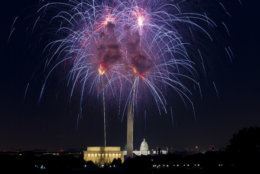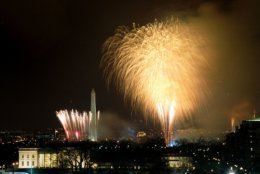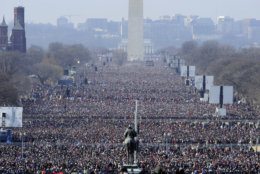The Washington Monument is set to reopen Thursday with a repaired elevator and a new security screening center after a three-year closure.
The popular D.C. attraction has been closed to visitors since August 2016, when it was shut down by elevator problems. First lady Melania Trump is expected to attend the ribbon-cutting ceremony, The Associated Press reported.
“We hope the biggest difference is that the elevator is now far more reliable than it was when we were forced to close in 2016,” said Mike Litterst, of the National Park Service. “We were closing two, sometimes three, times a week due to mechanical issues in 2016.”
The elevator has a new operating system and all of the mechanical parts have been replaced, Litterst said.
Visitors’ bags will go through an X-ray machine, and visitors themselves will go through a magnetometer. A series of blast doors now protect the monument and the visitors inside.
Tickets are first-come, first-serve on the day of the tour Thursday. They’re given out starting 8:30 a.m., although on opening day, people could begin lining up as early as 4 a.m., Litterst said.
“We’re just excited to open it again,” Litterst said during a Wednesday media tour of the site. “The views from up here are like nothing else.”
The monument has been closed for most of the past eight years. An August 2011 earthquake left cracks in the stones near the top of the obelisk. It reopened in 2014, but park service officials were forced to close it again two years later after a series of elevator malfunctions.
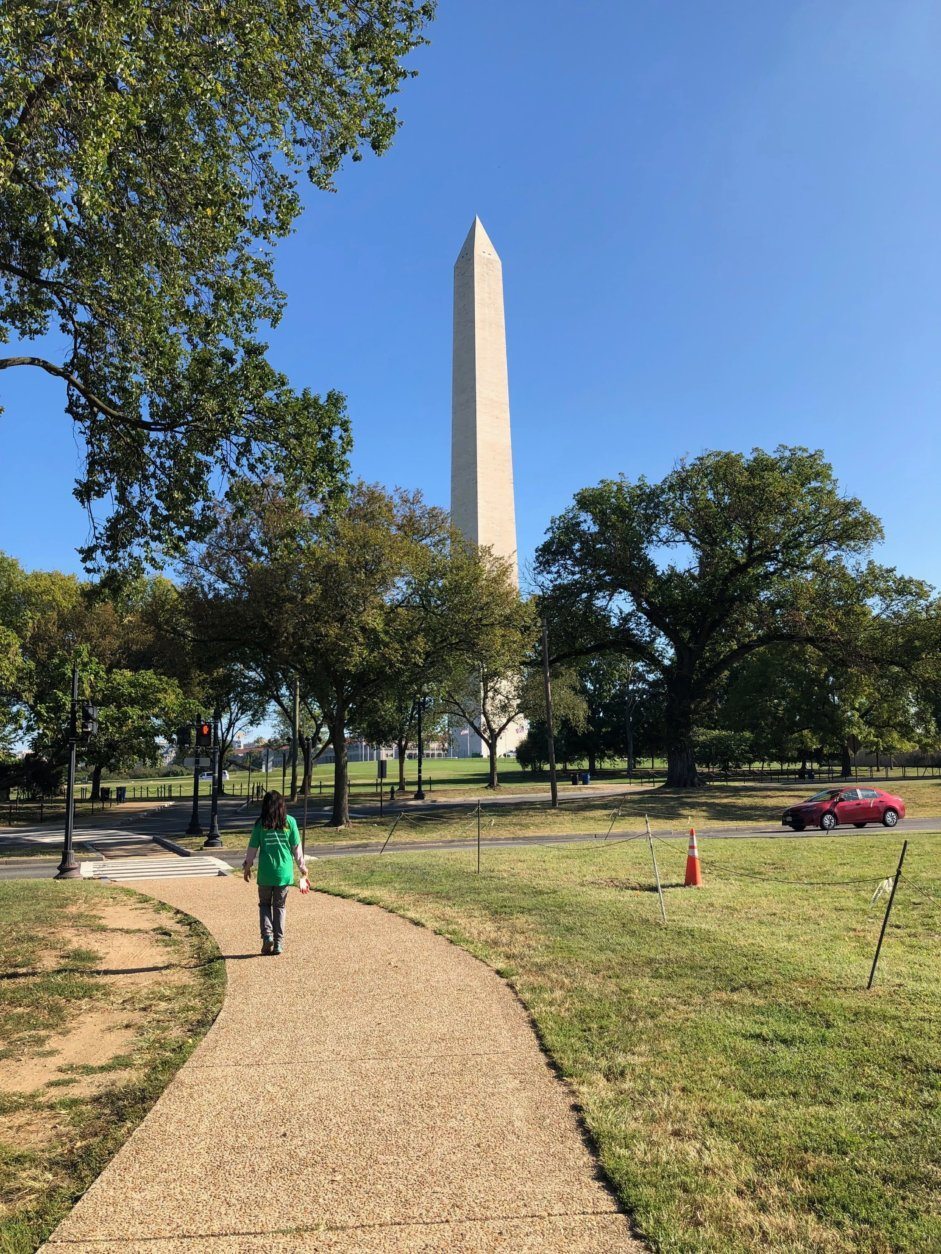
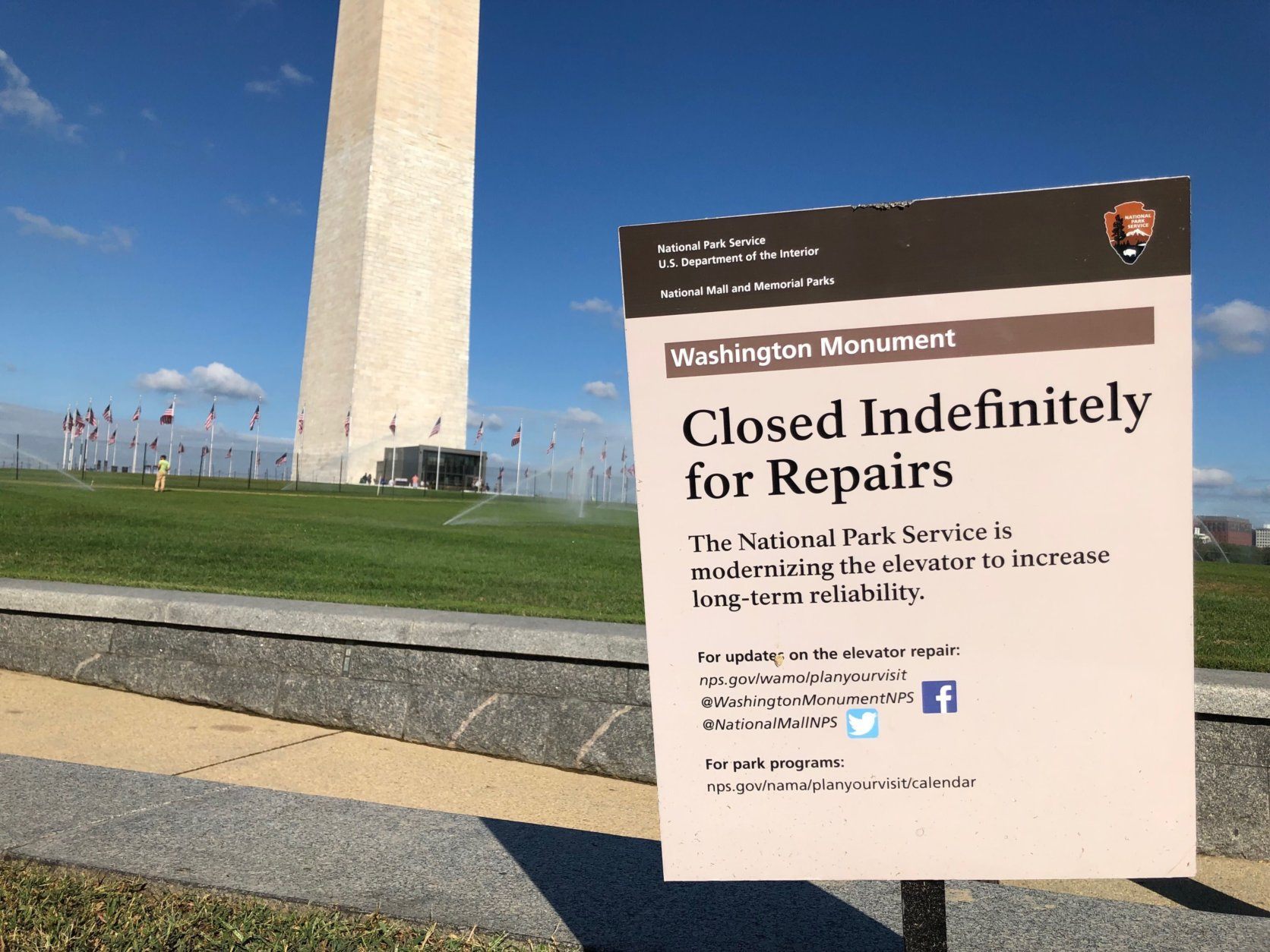

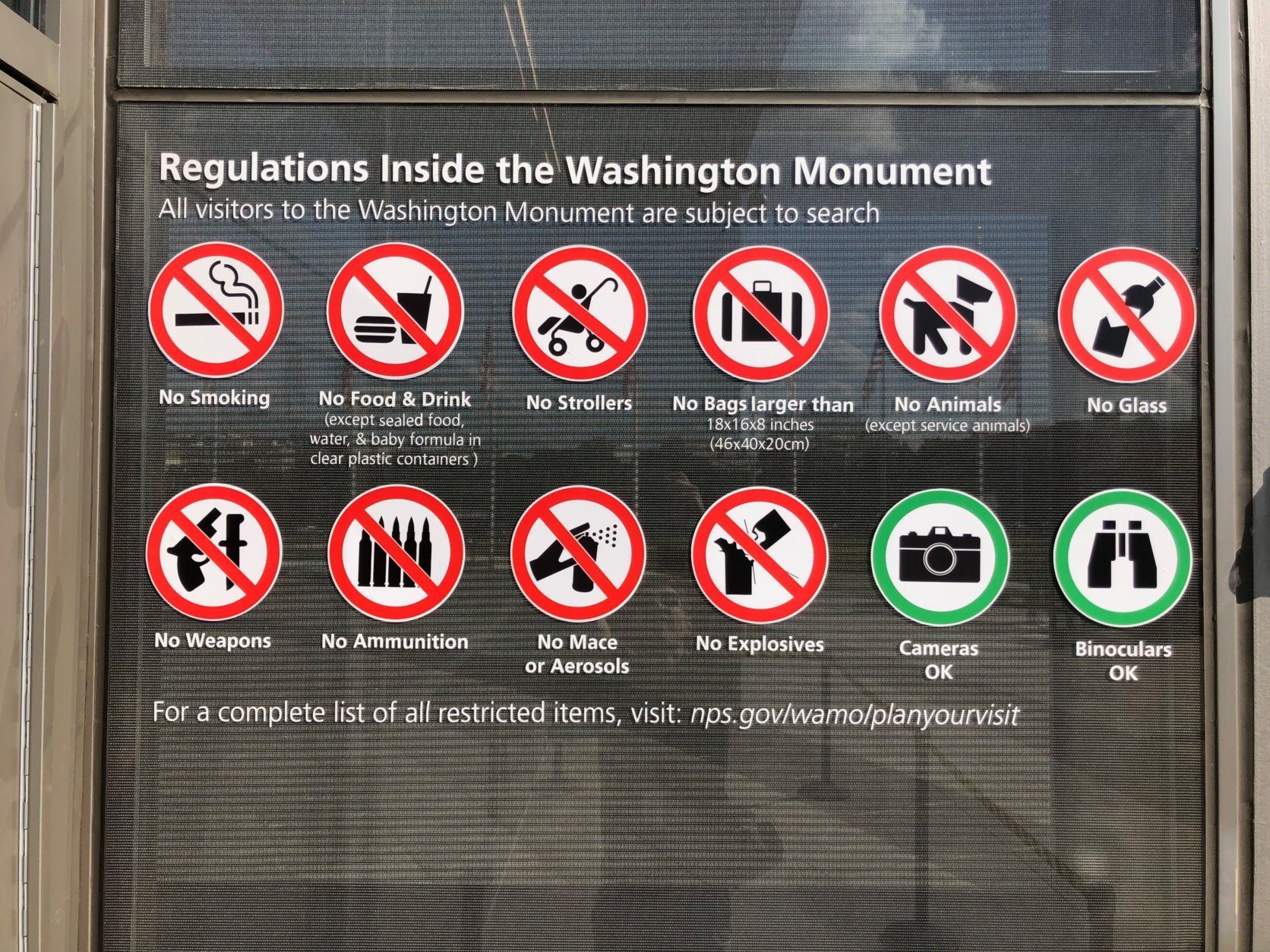
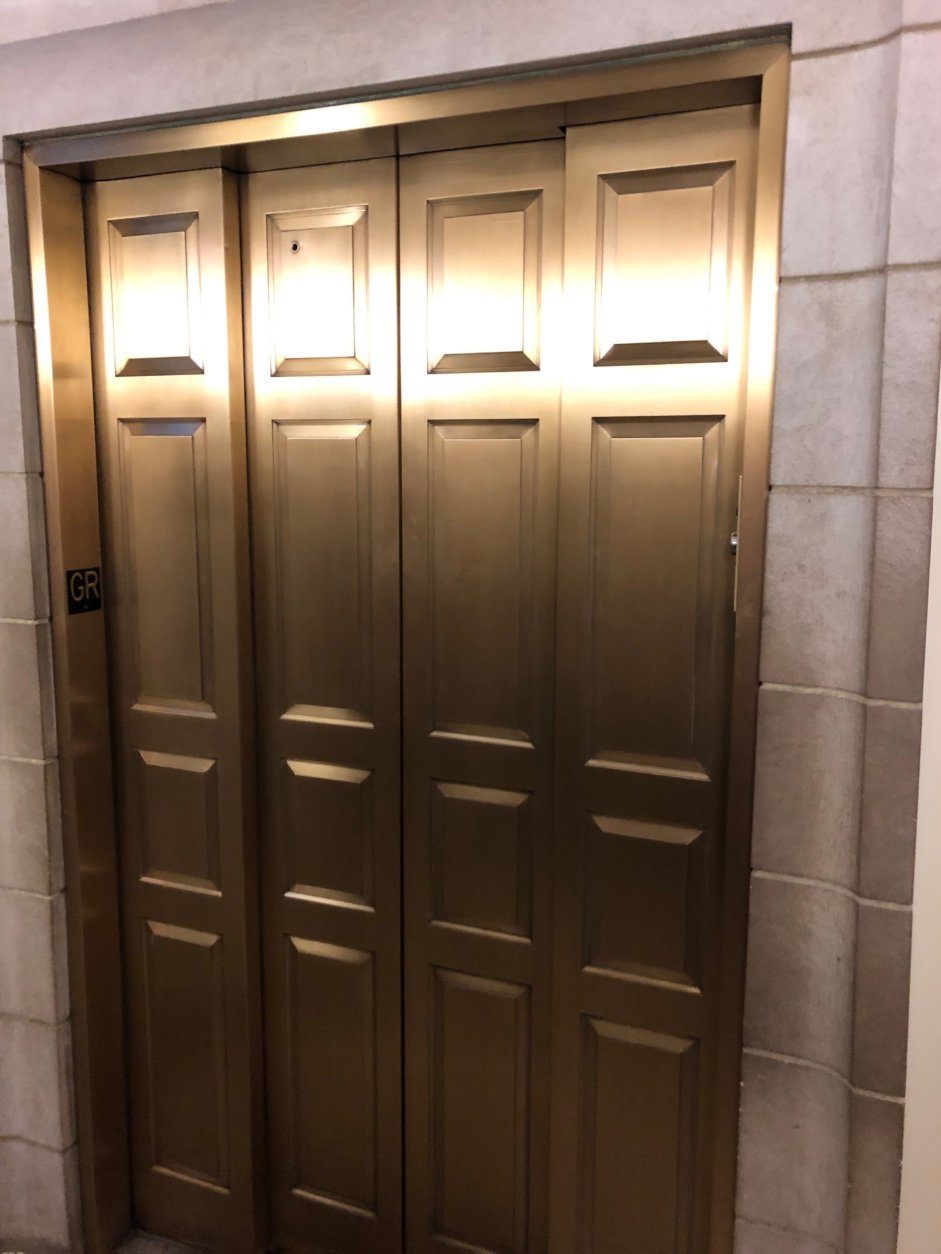
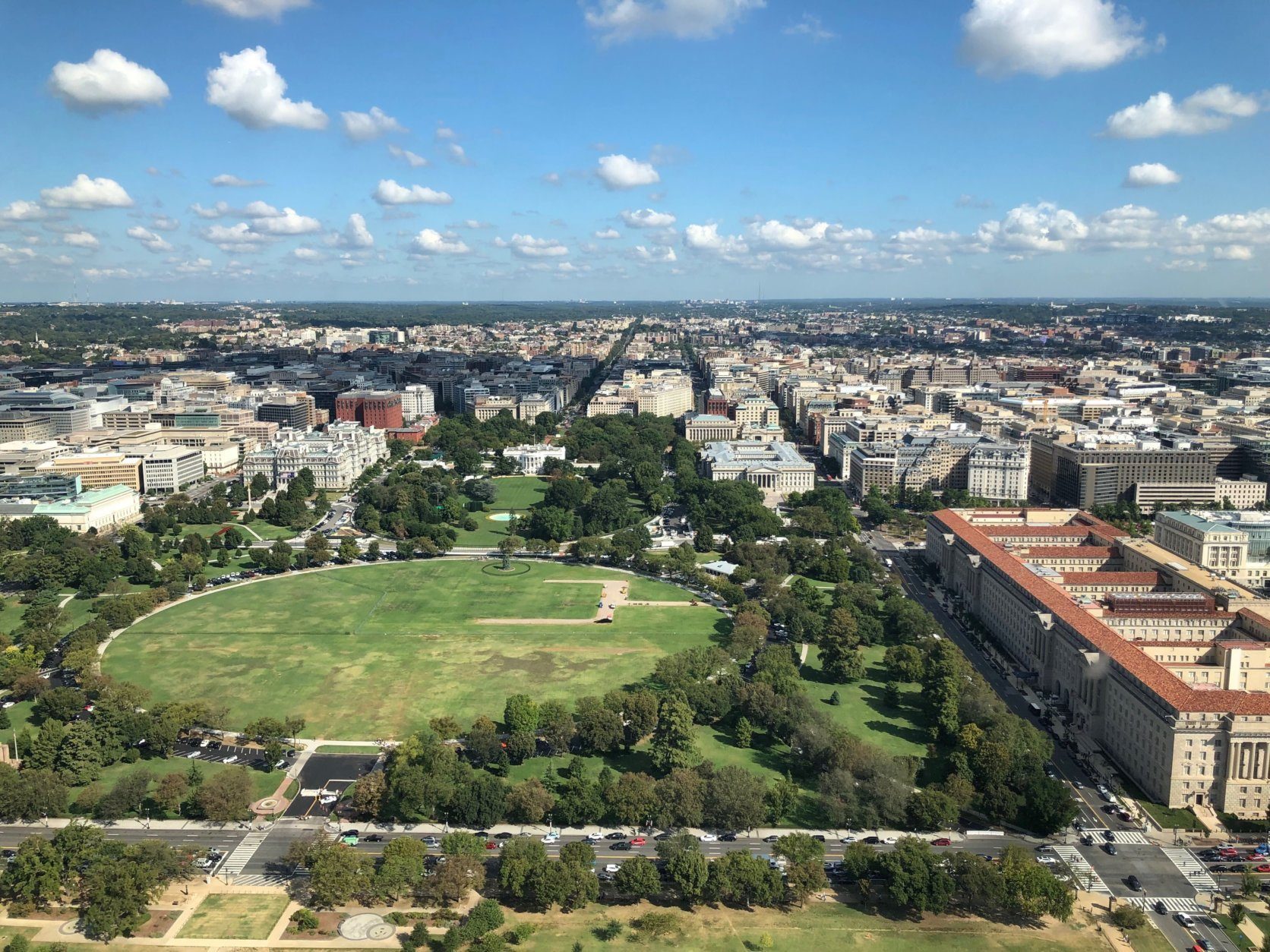
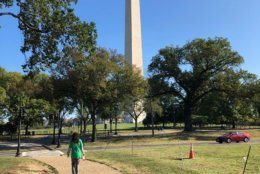
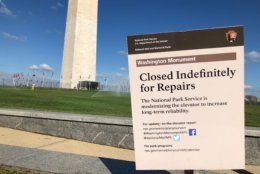
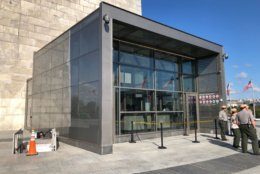
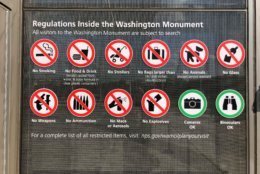

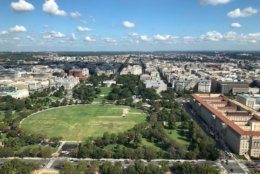
Construction on the monument started in 1848, but wasn’t completed and opened to the public until 1888.
One defining characteristic of the 555-foot tall obelisk, designed by Robert Mills to mimic Egyptian monuments, is the abrupt change in the color of the marble about 150 feet up.
That’s where the money dried up in 1855. Over the following year, a conservative, anti-Catholic political party called the Know Nothings took over the Washington National Monument Society. They objected to a Vatican donation to the project. Construction stopped in 1856.
The Washington Monument sat unfinished for the next 20 years. It wasn’t until after the Civil War, in 1876, that Congress ponied up the money to finish the project. Marble from a different Maryland quarry was used at this point, hence the change in shade.
At the time of its completion, it was the tallest building in the world, but was soon overtaken by the Eiffel Tower in 1889.
It remains the tallest building in D.C. and, when open, averages about 500,000 visitors per year.
Tickets for tours on opening day through Oct. 18 will be available starting 8:30 a.m. at the Washington Monument lodge on 15th Street. Tickets for tours on Oct. 19 and after can be booked online starting Oct. 10 at 10 a.m.
The monument will be open daily from 9 a.m. to 5 p.m.
WTOP’s Will Vitka and Valerie Bonk contributed to this report. The Associated Press also contributed to this report.


